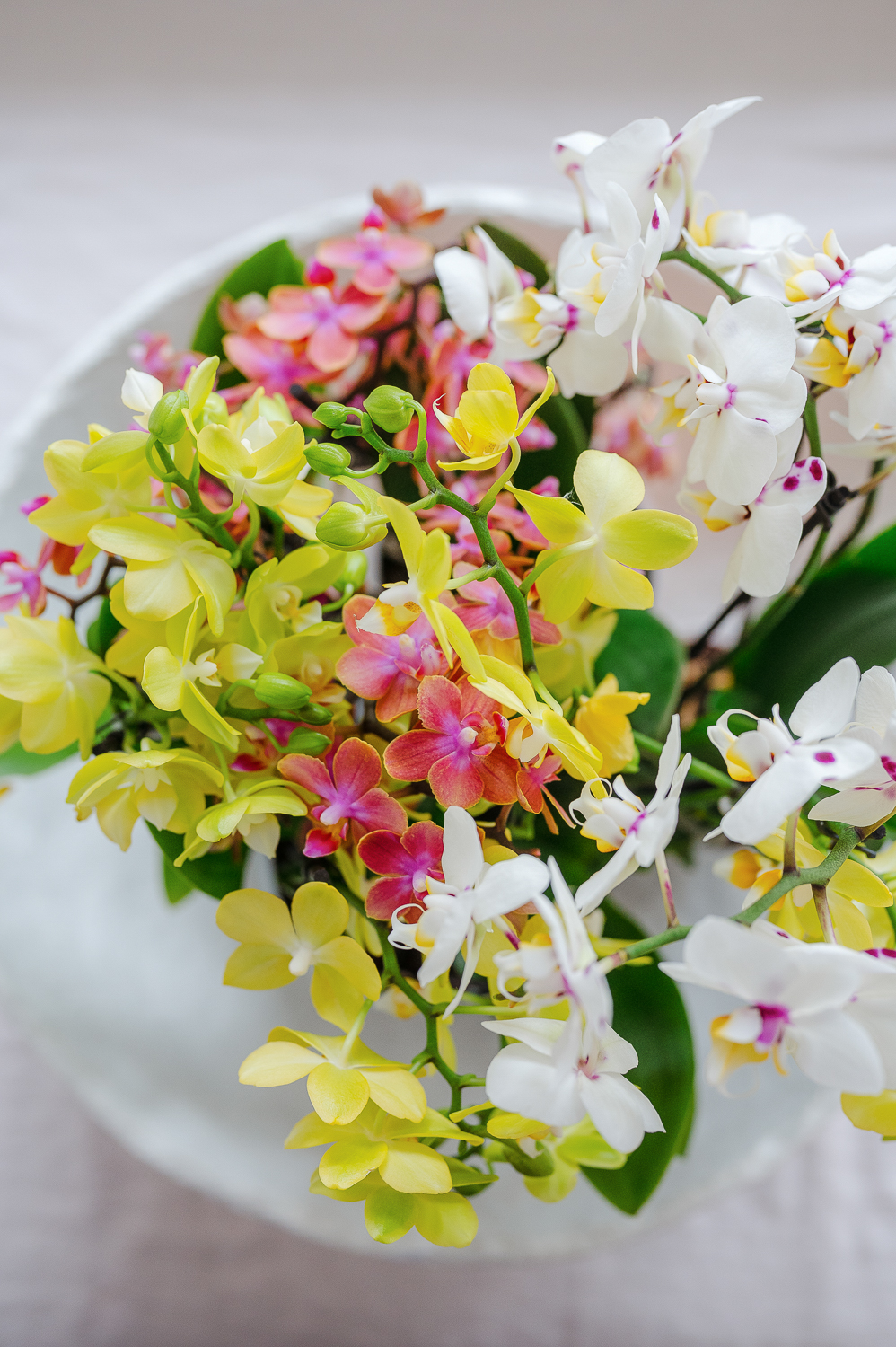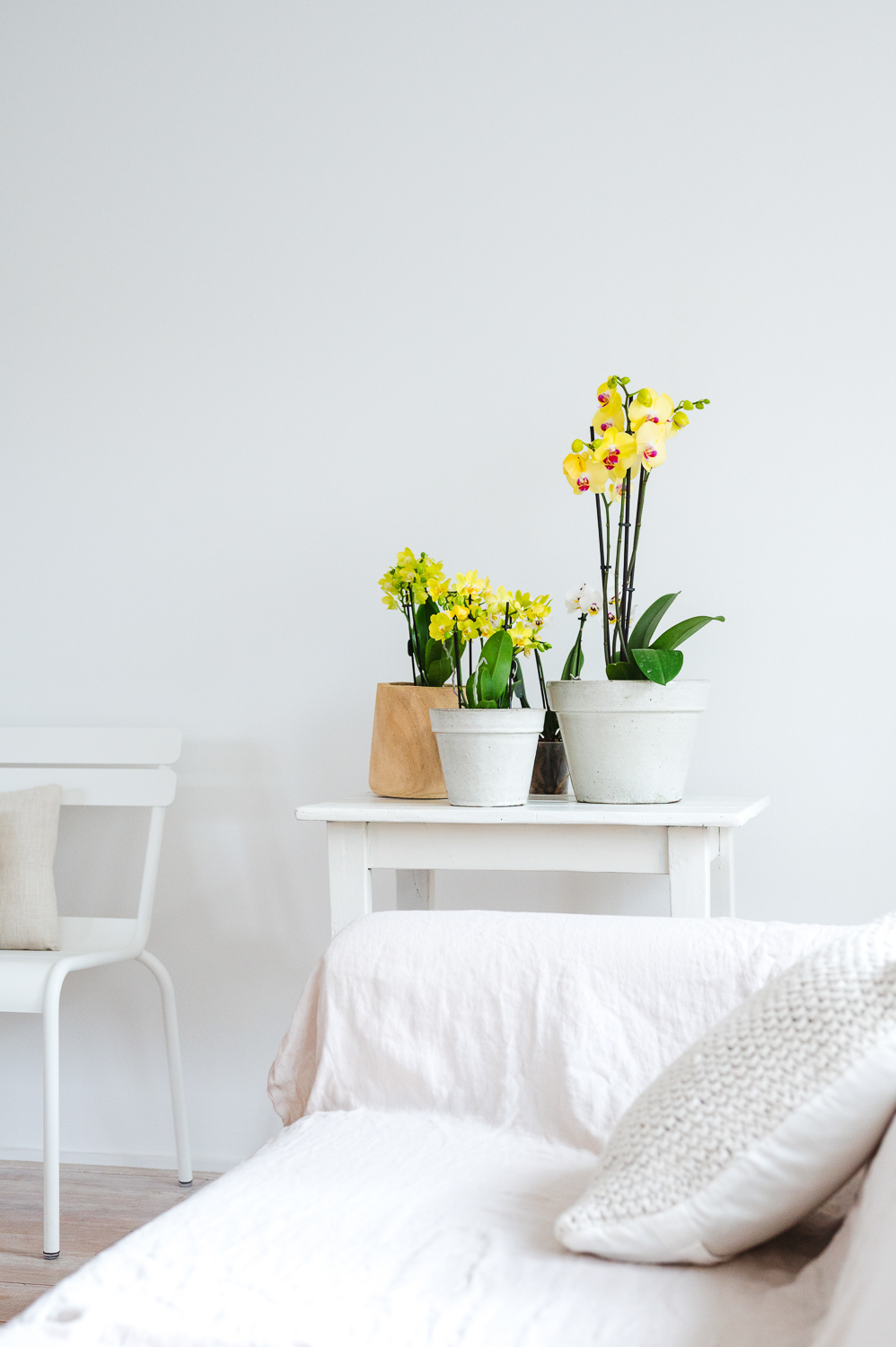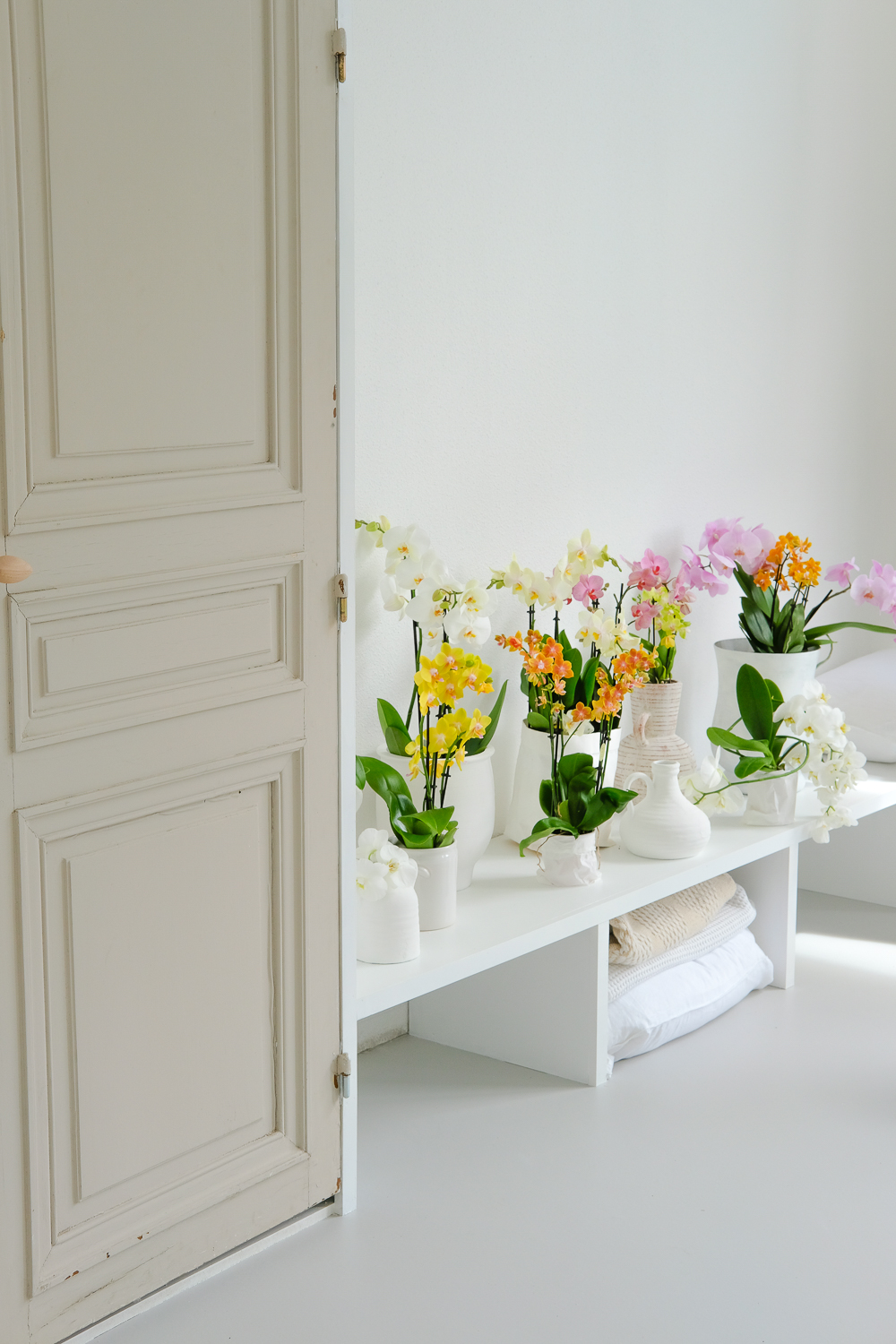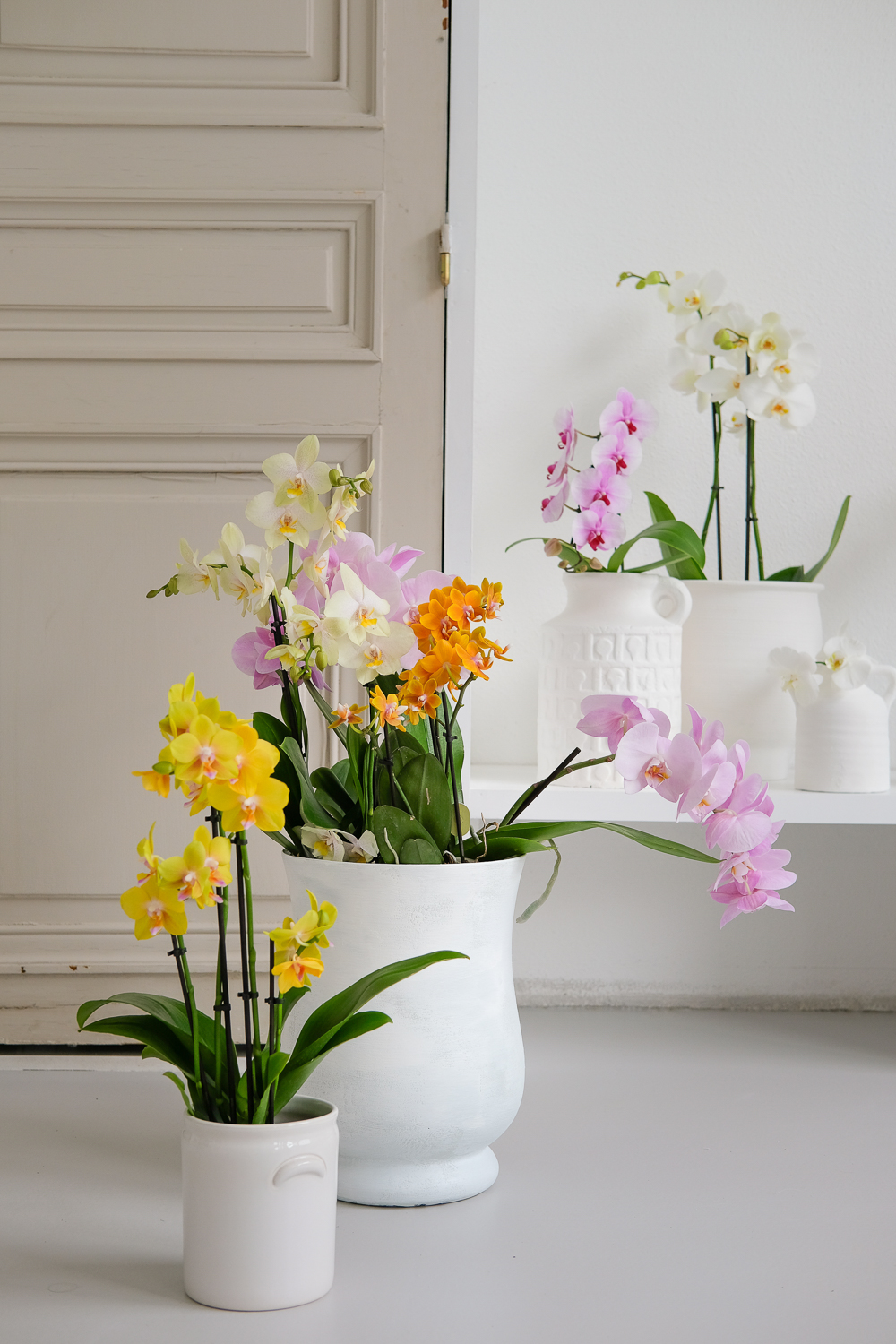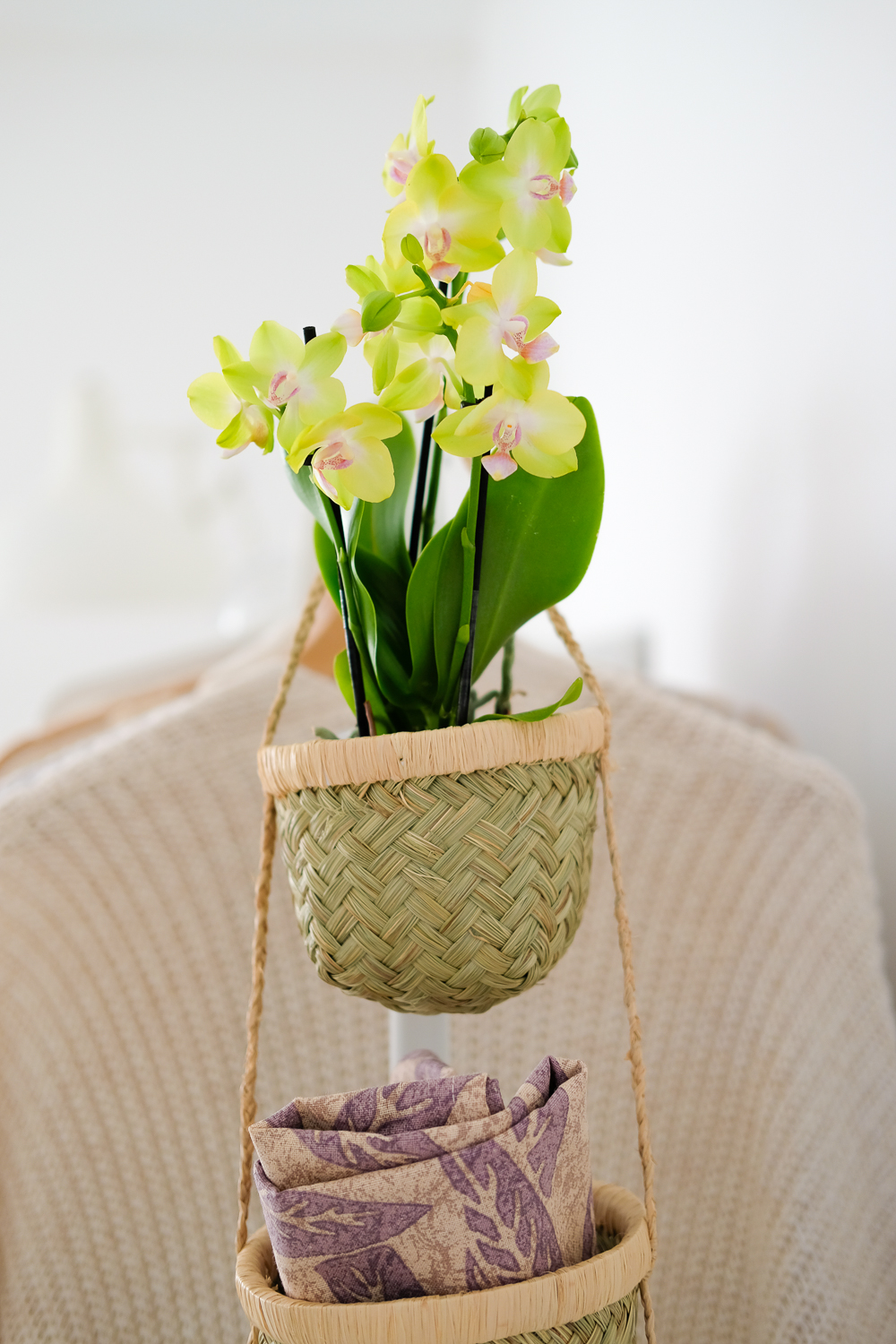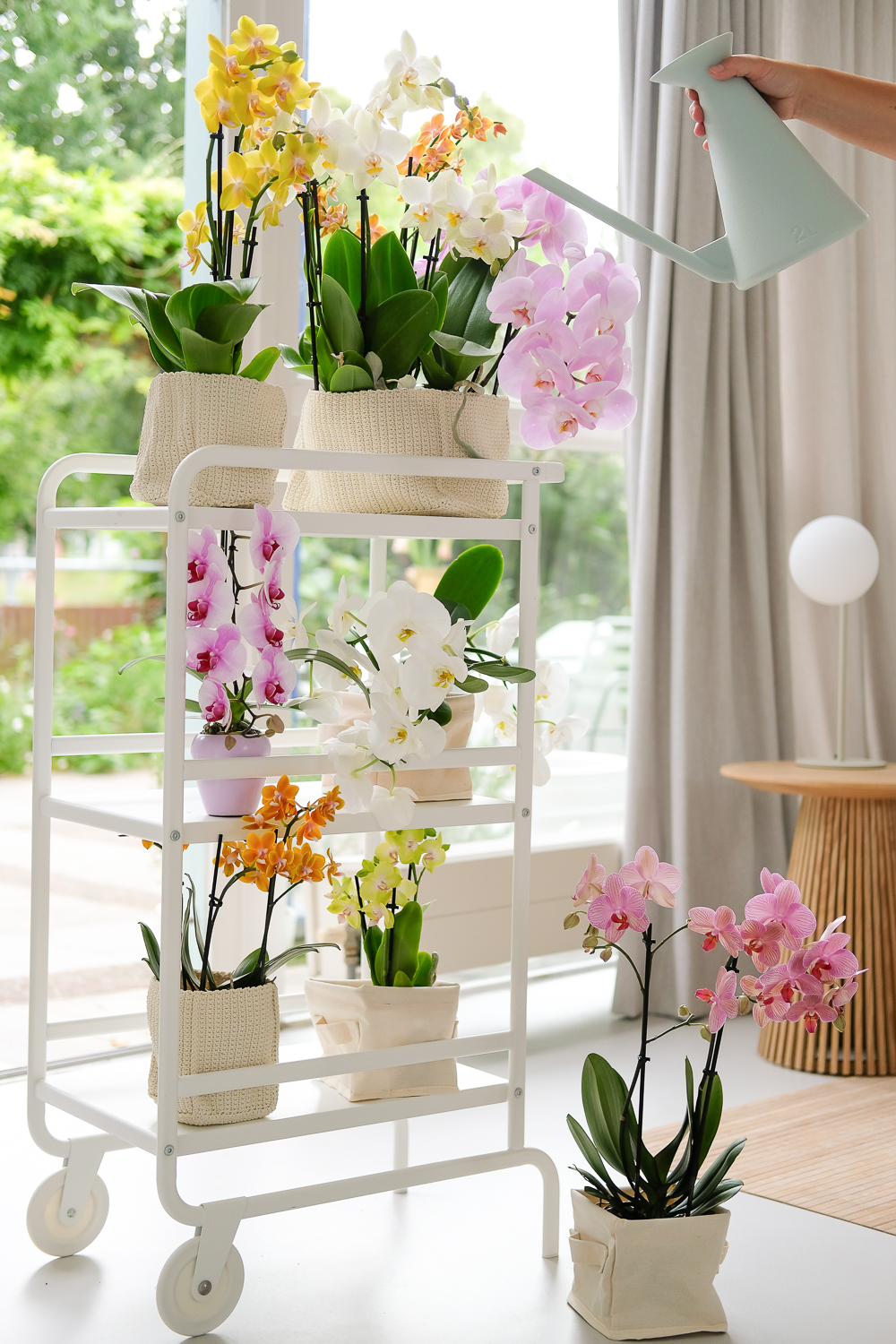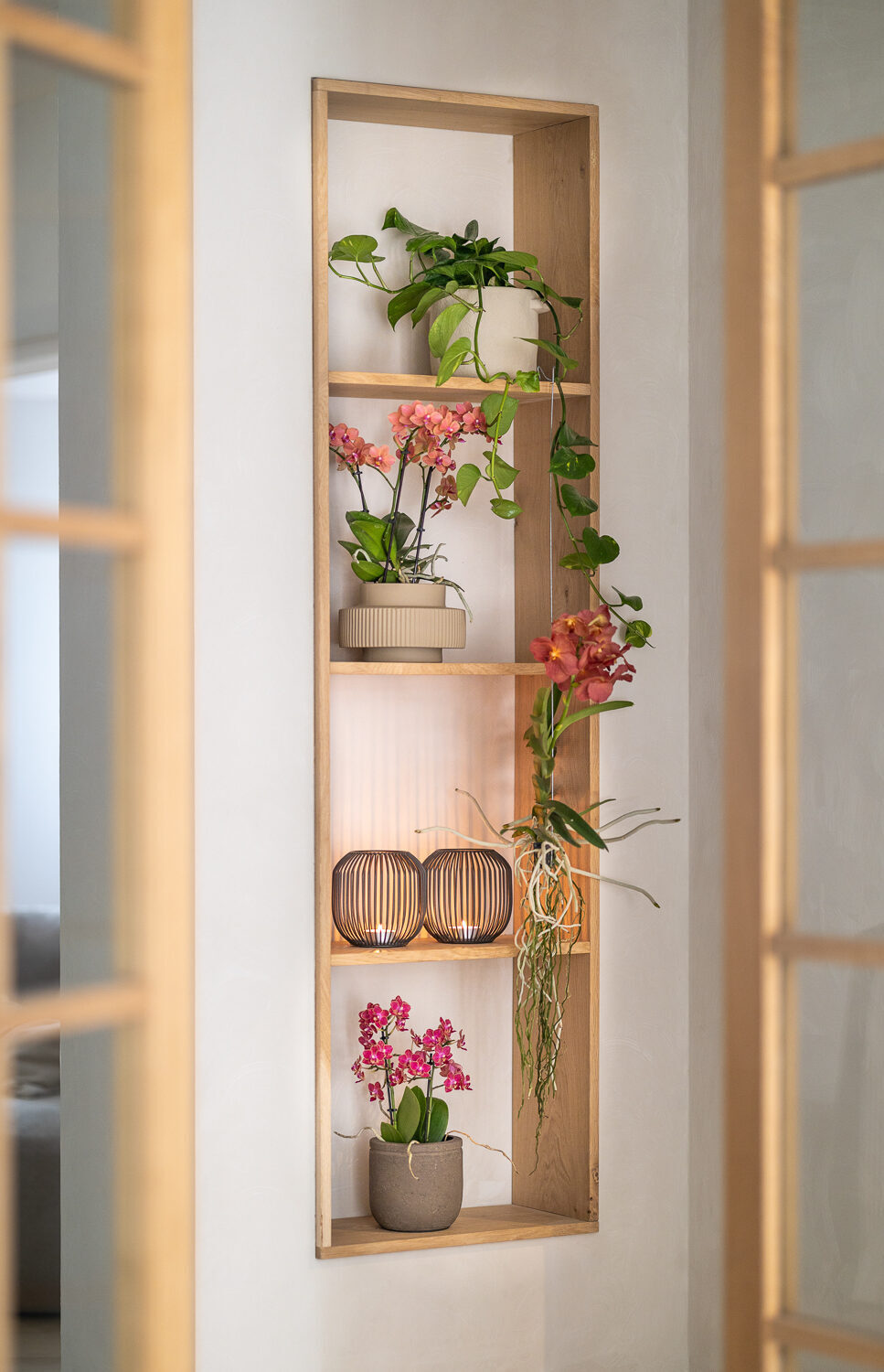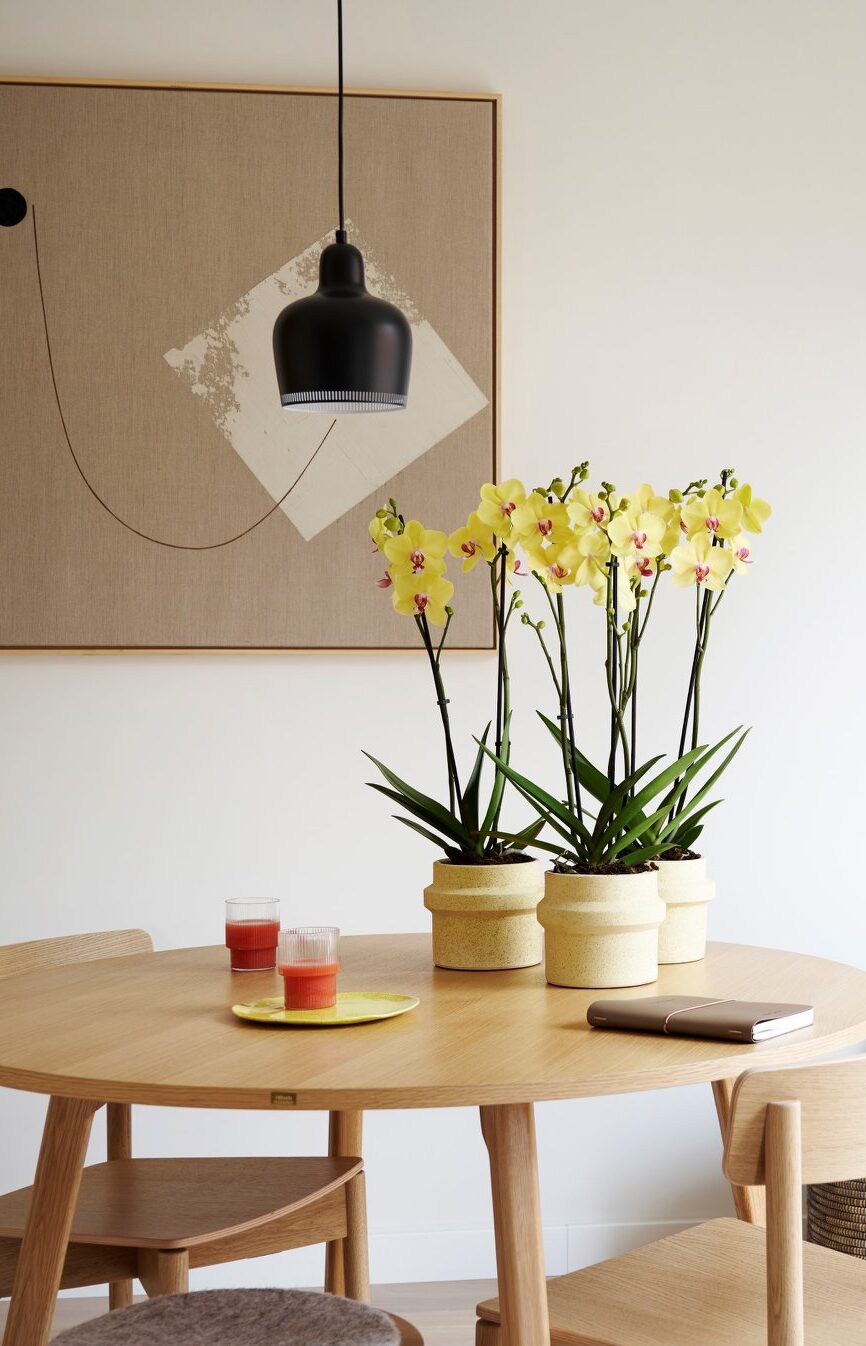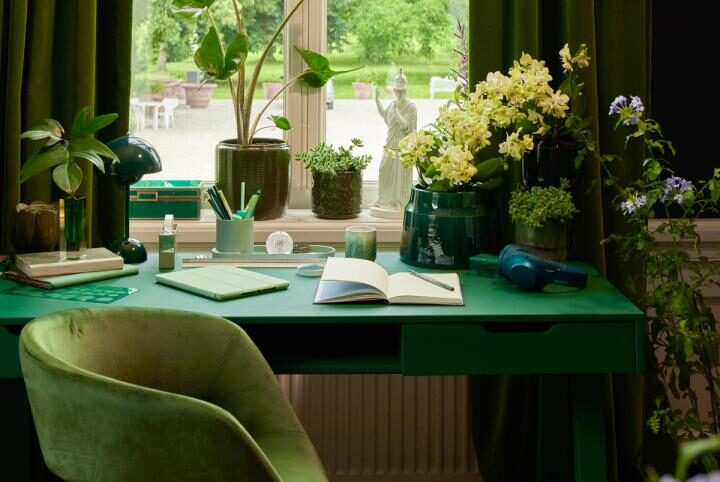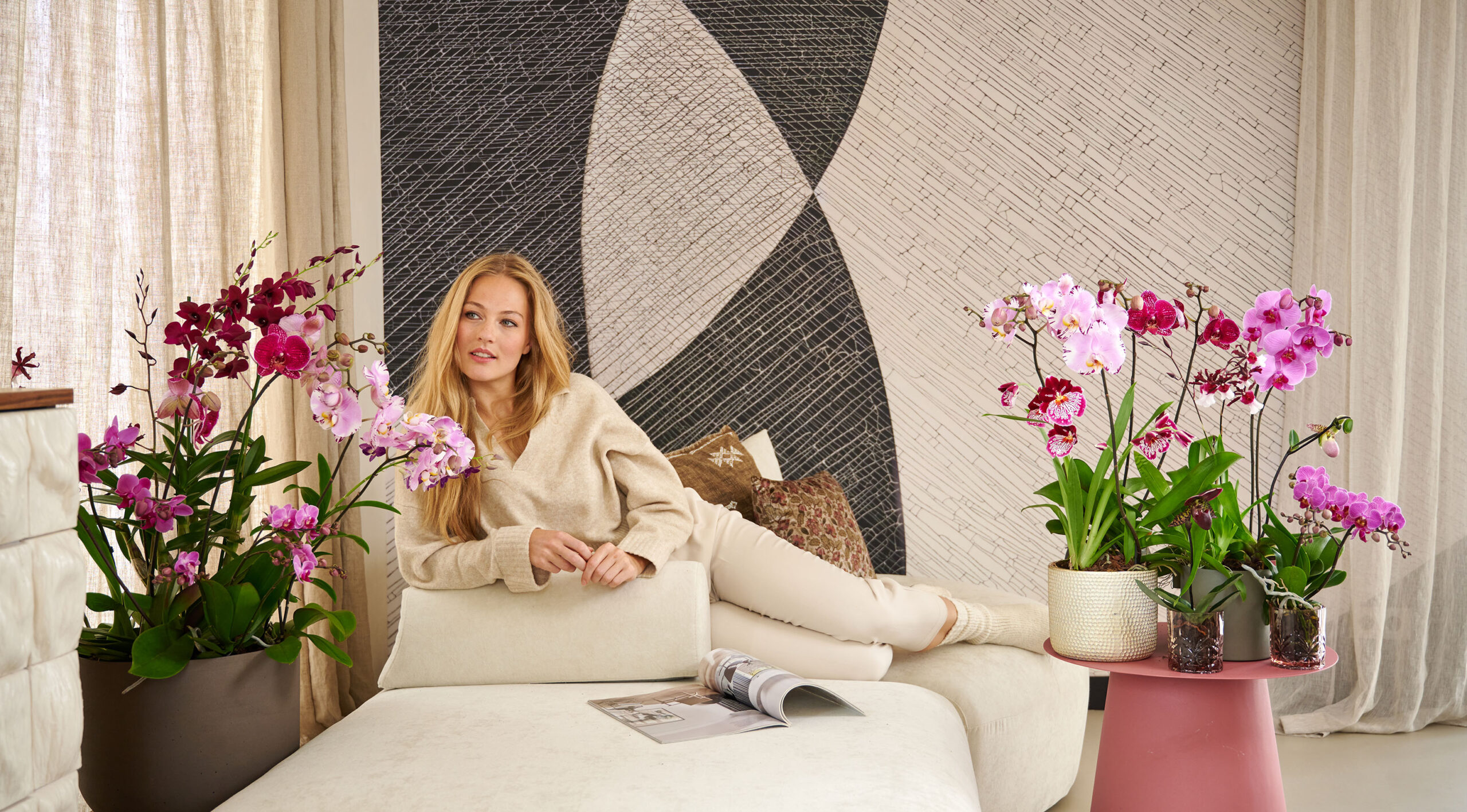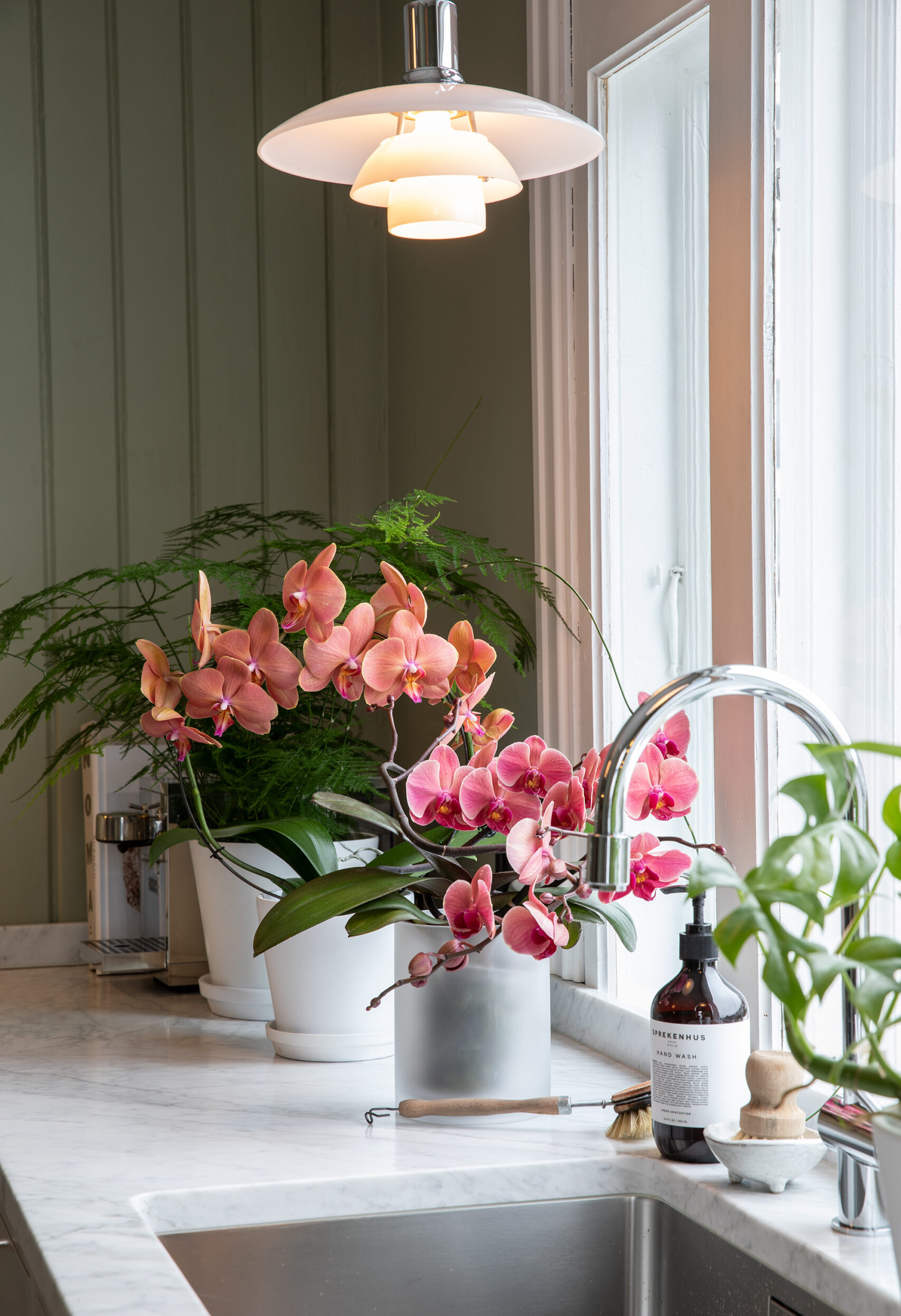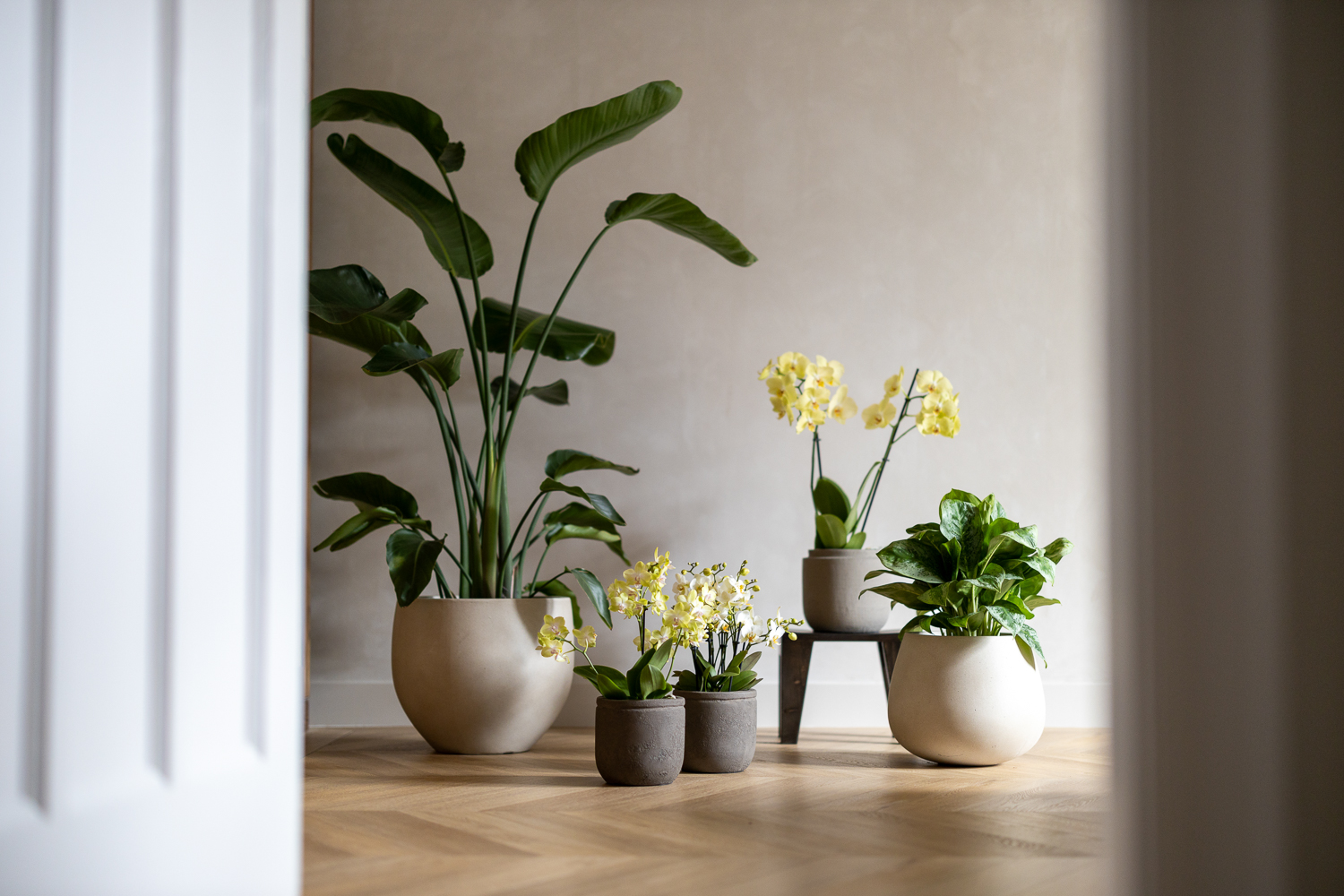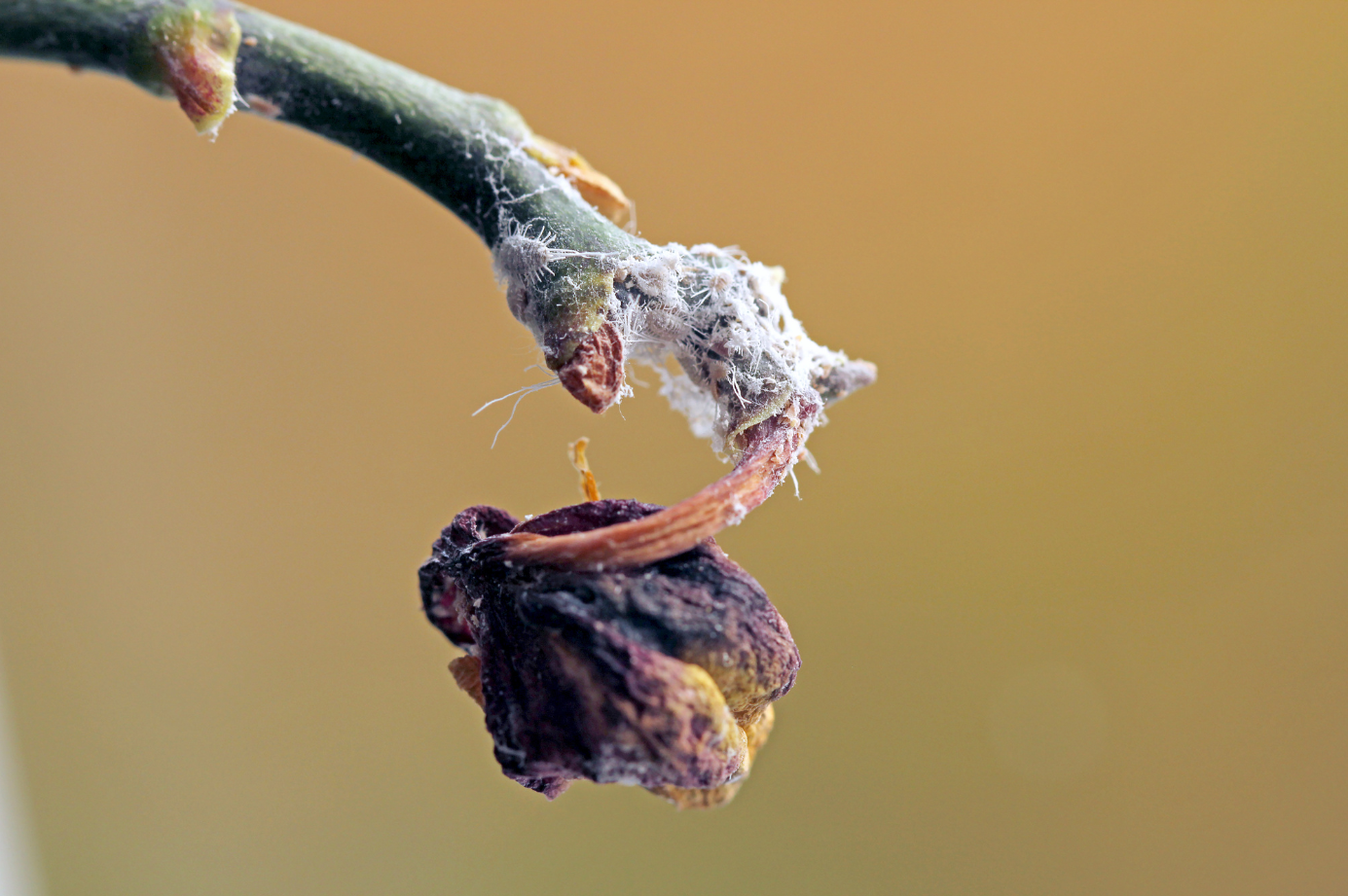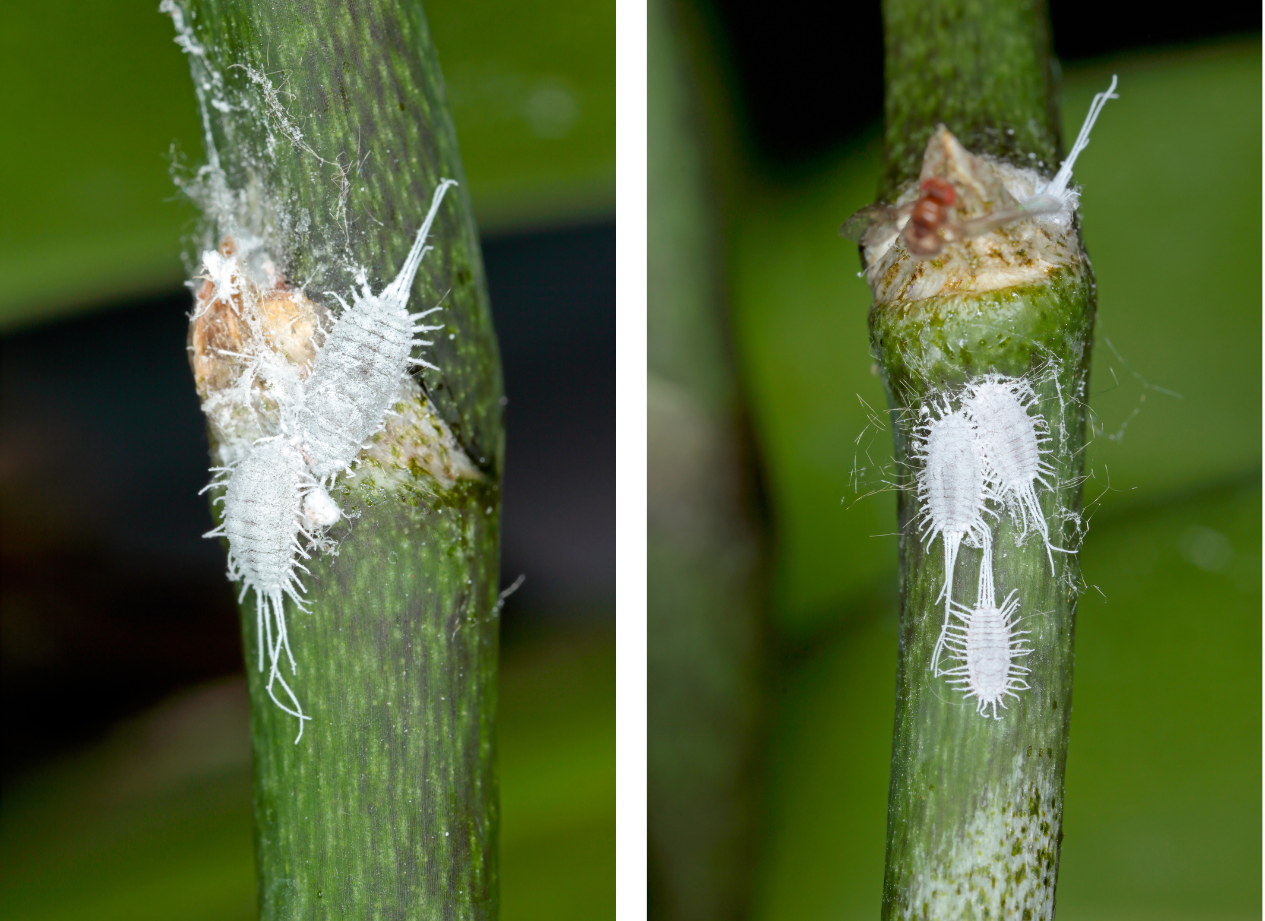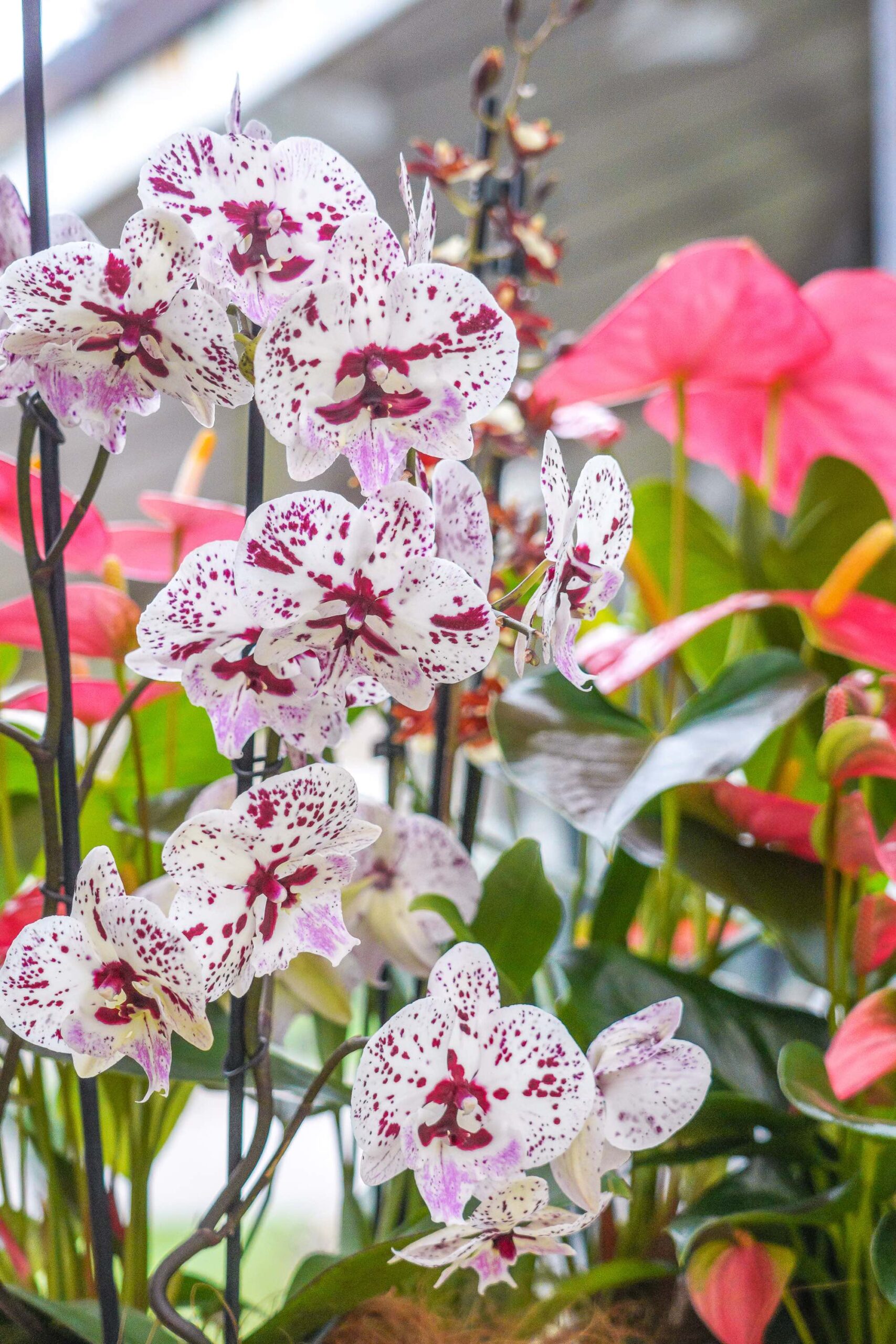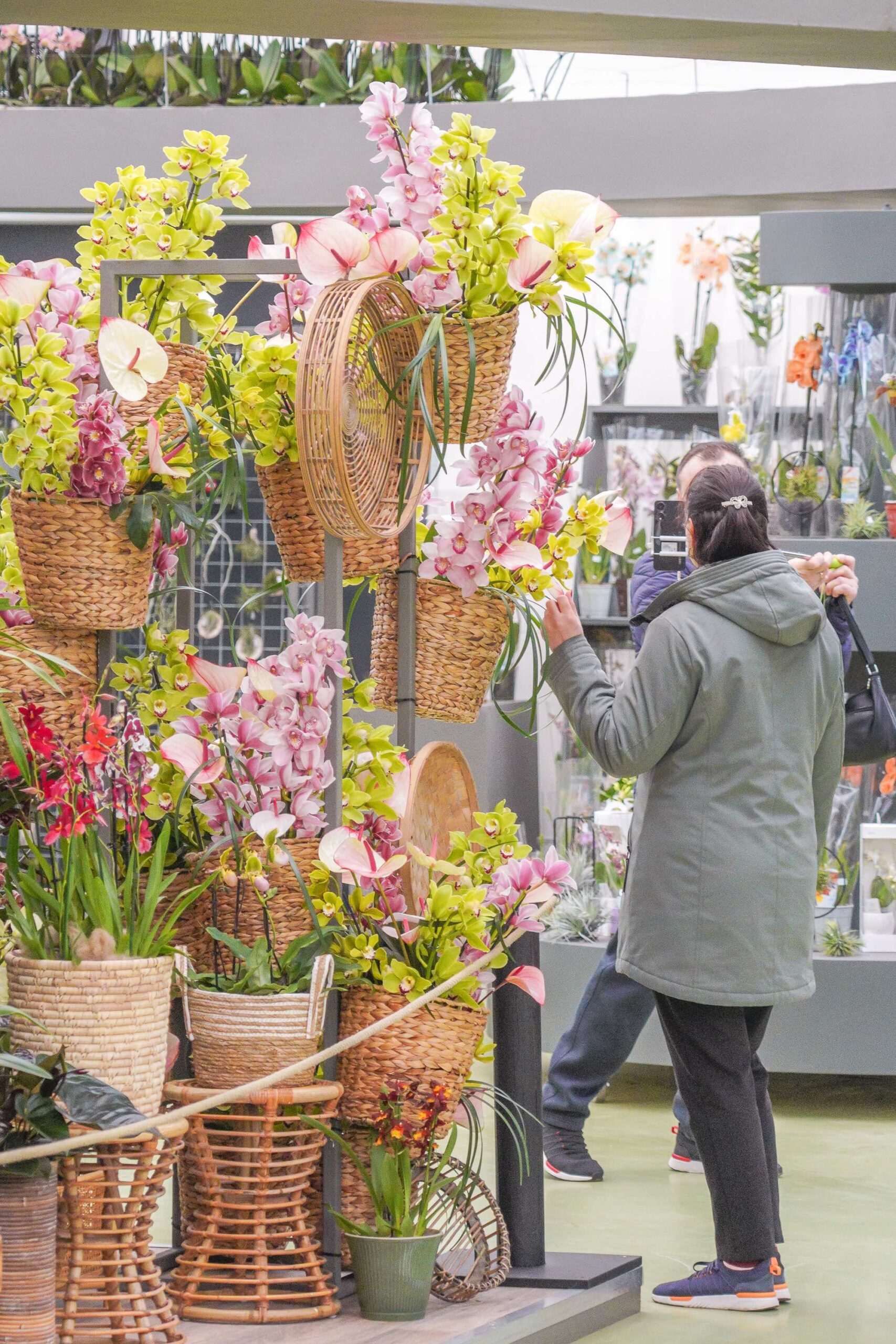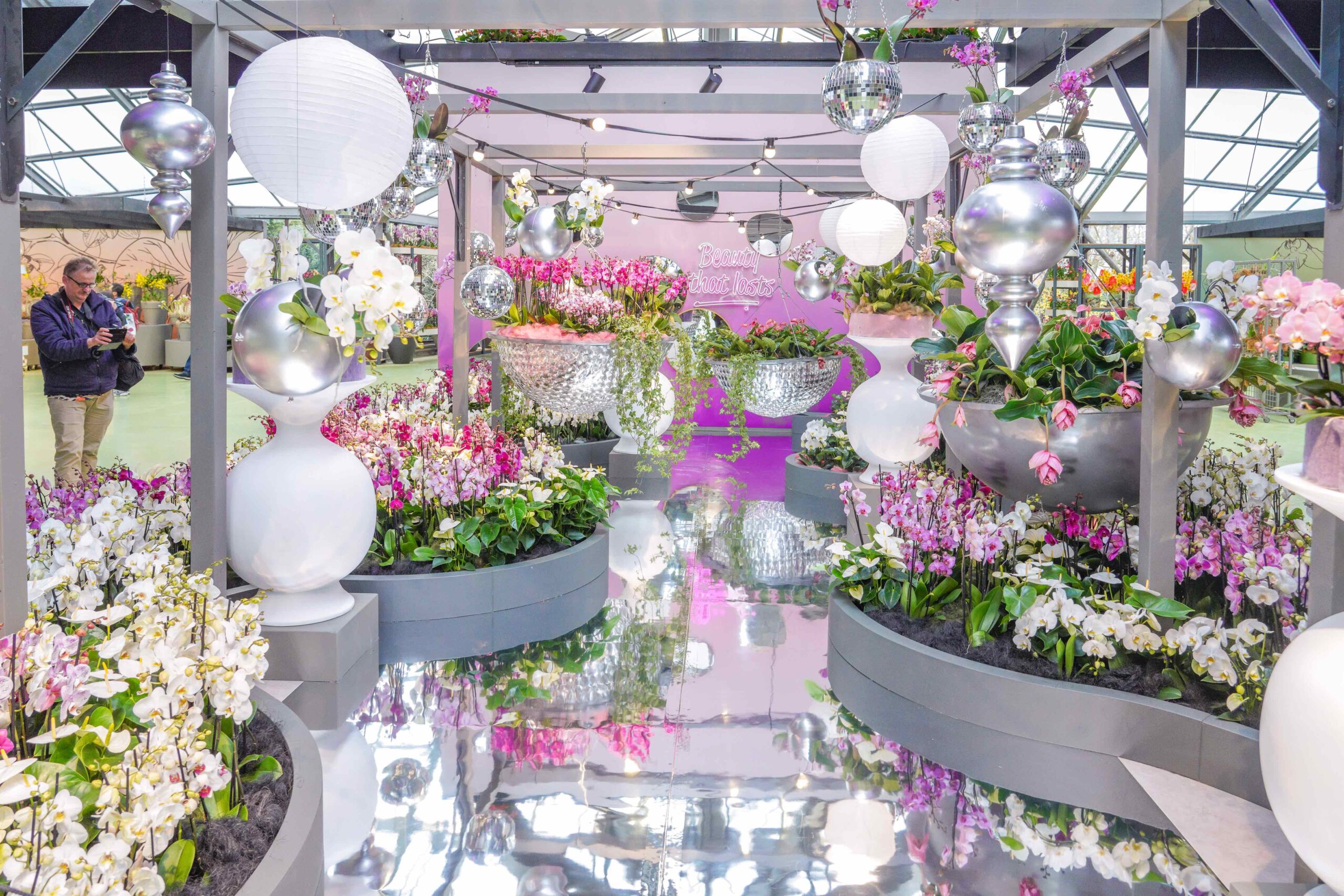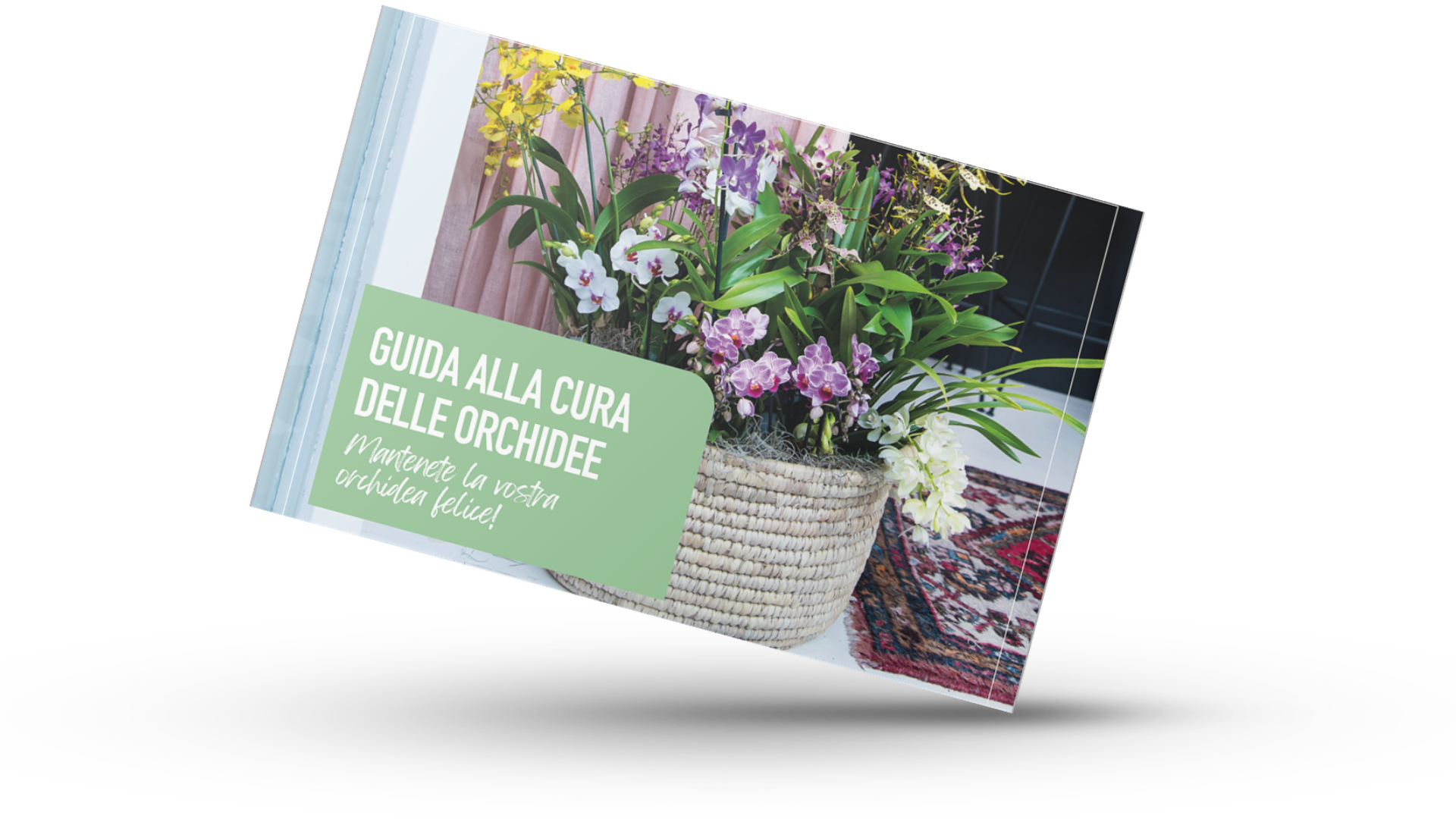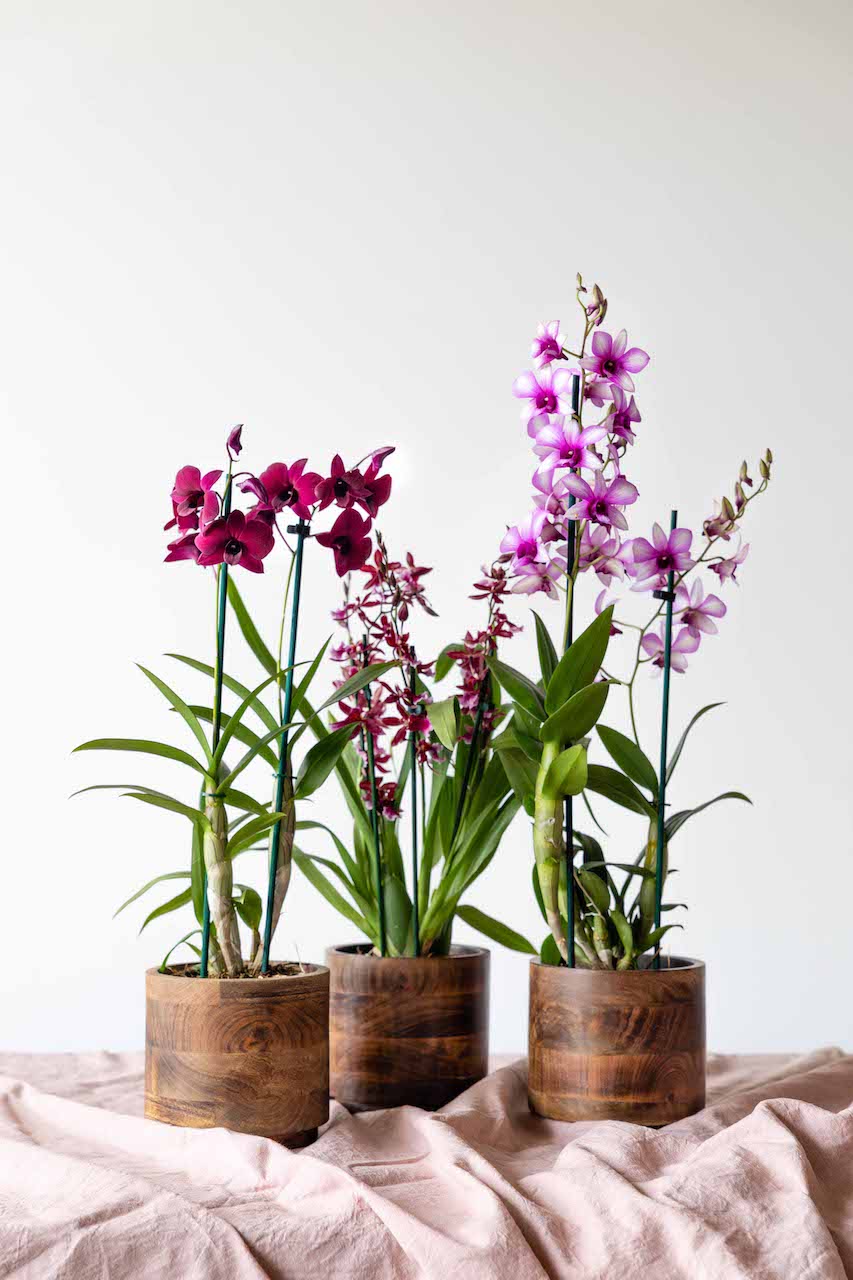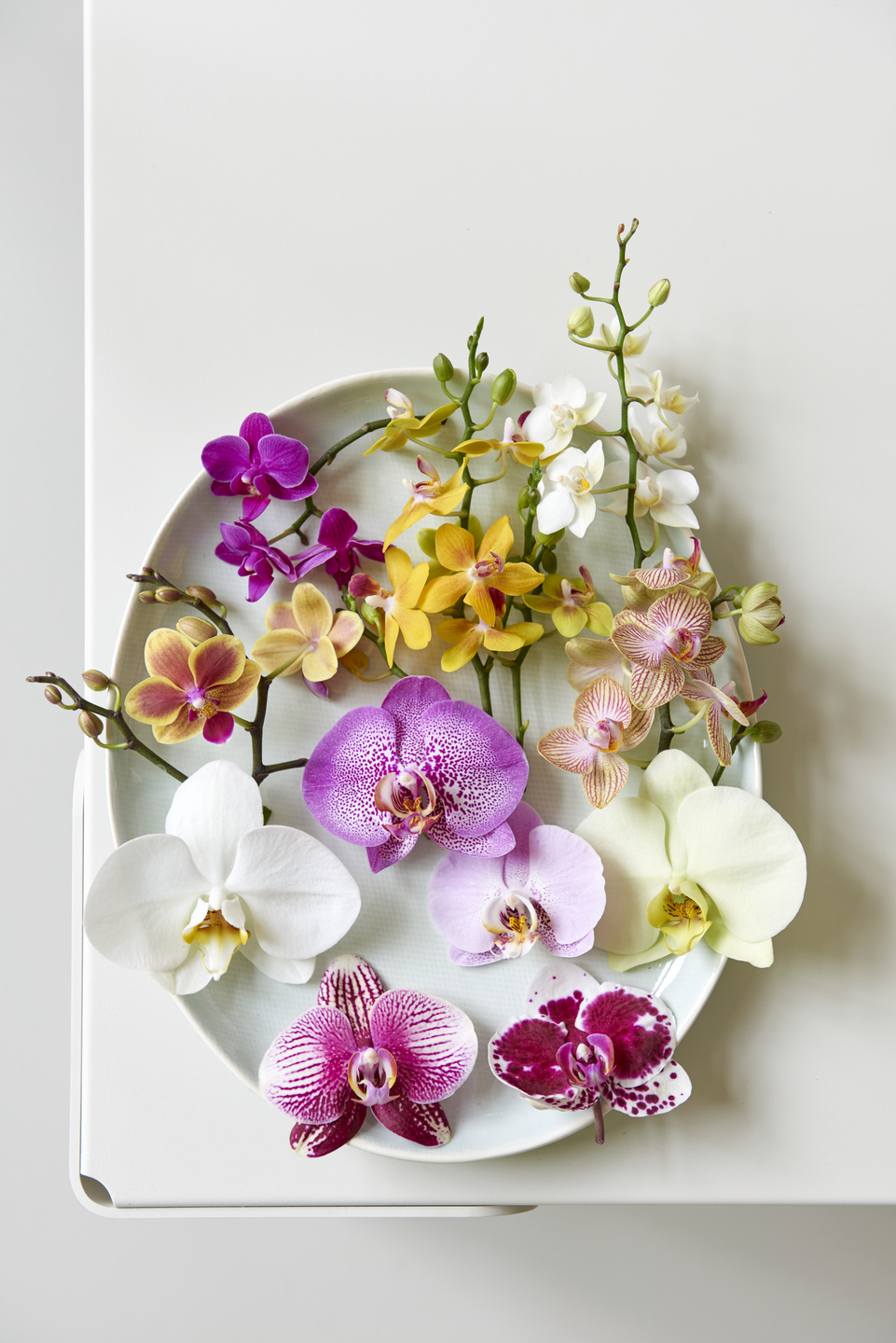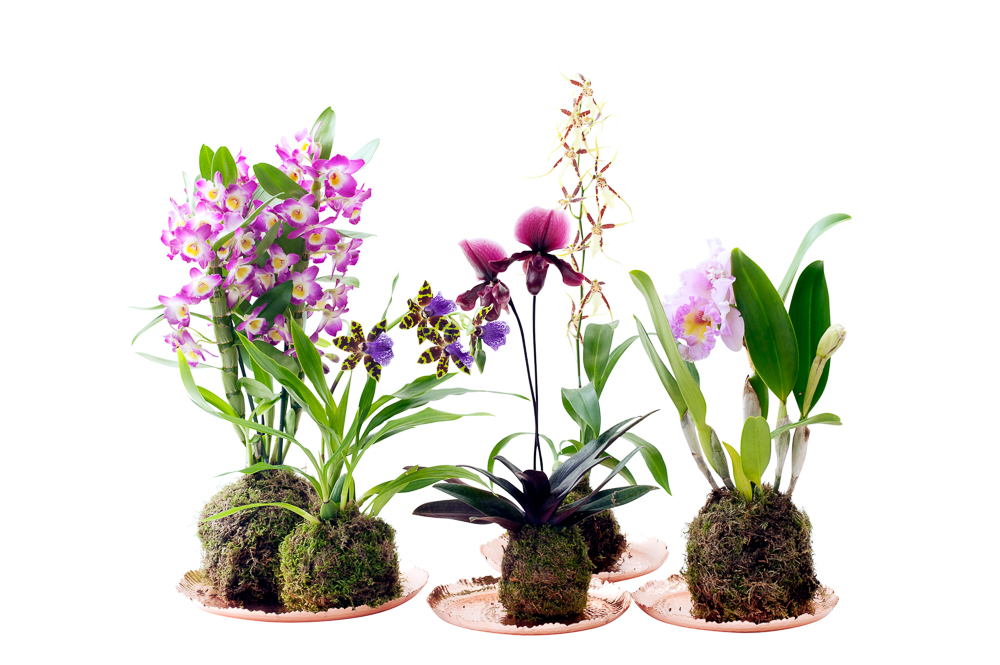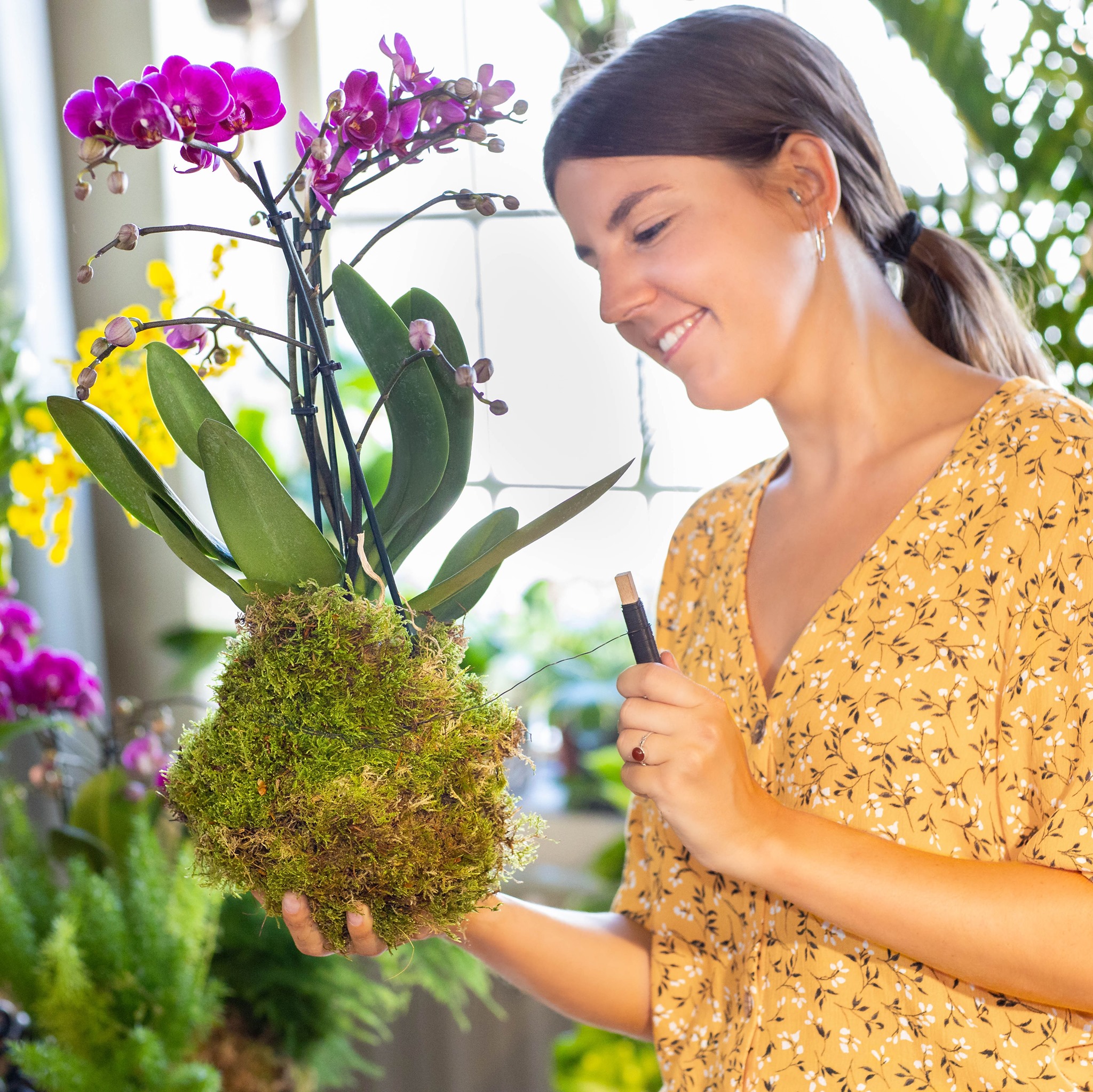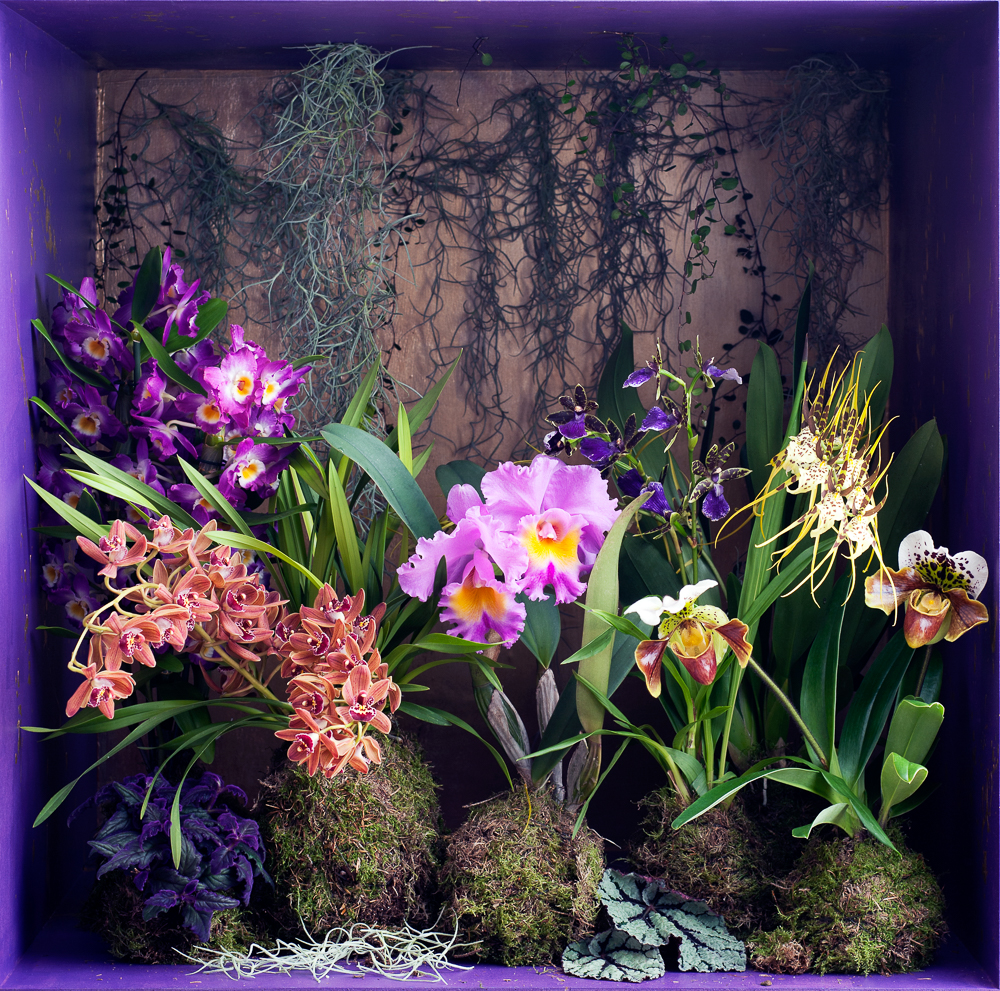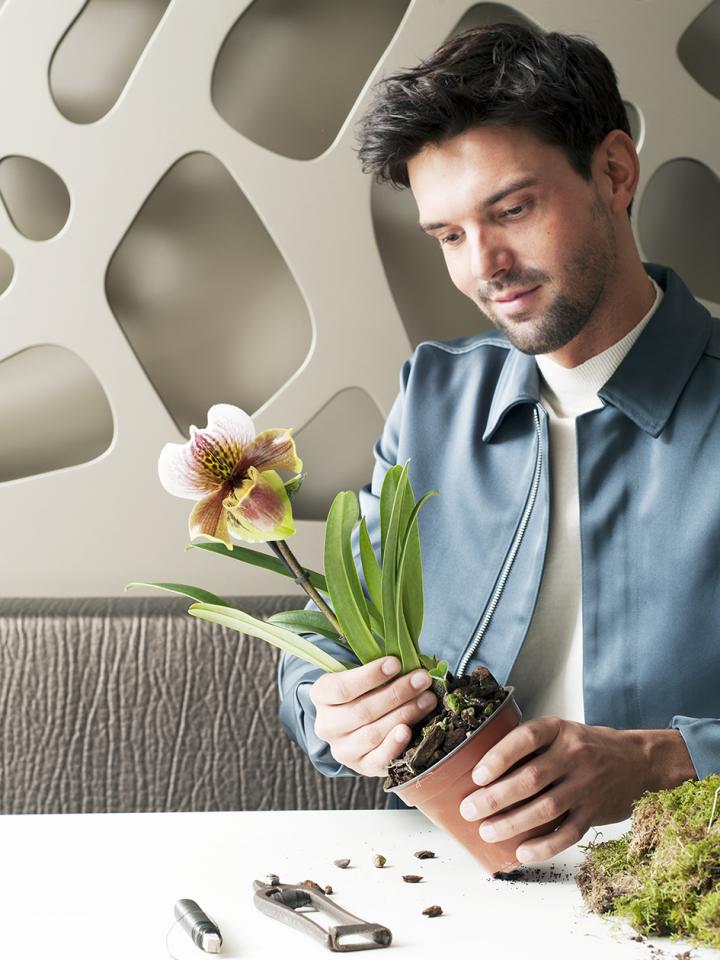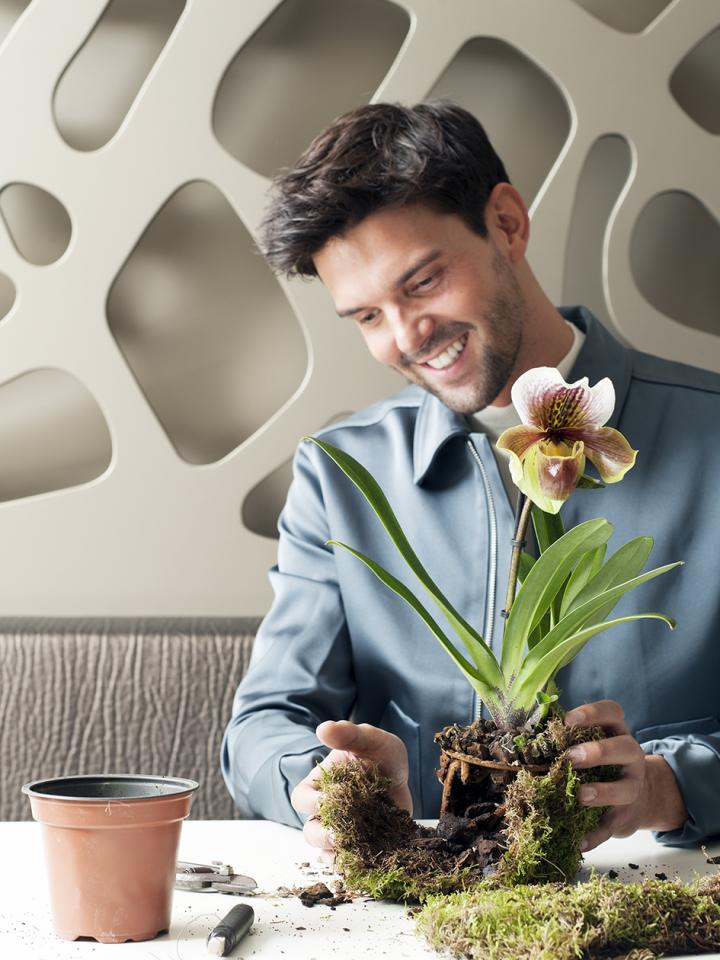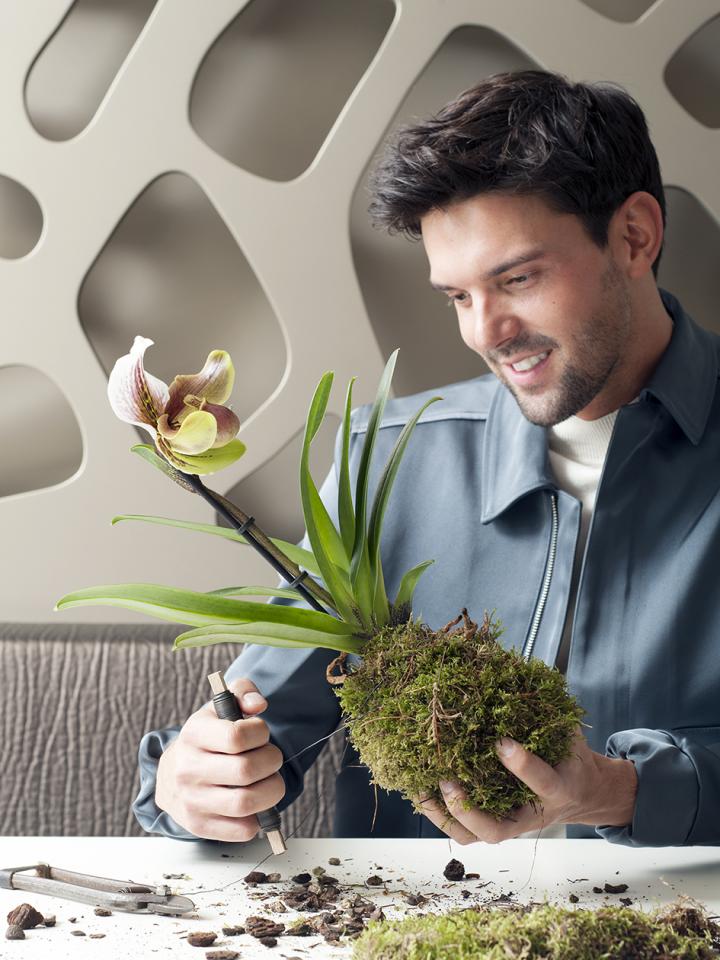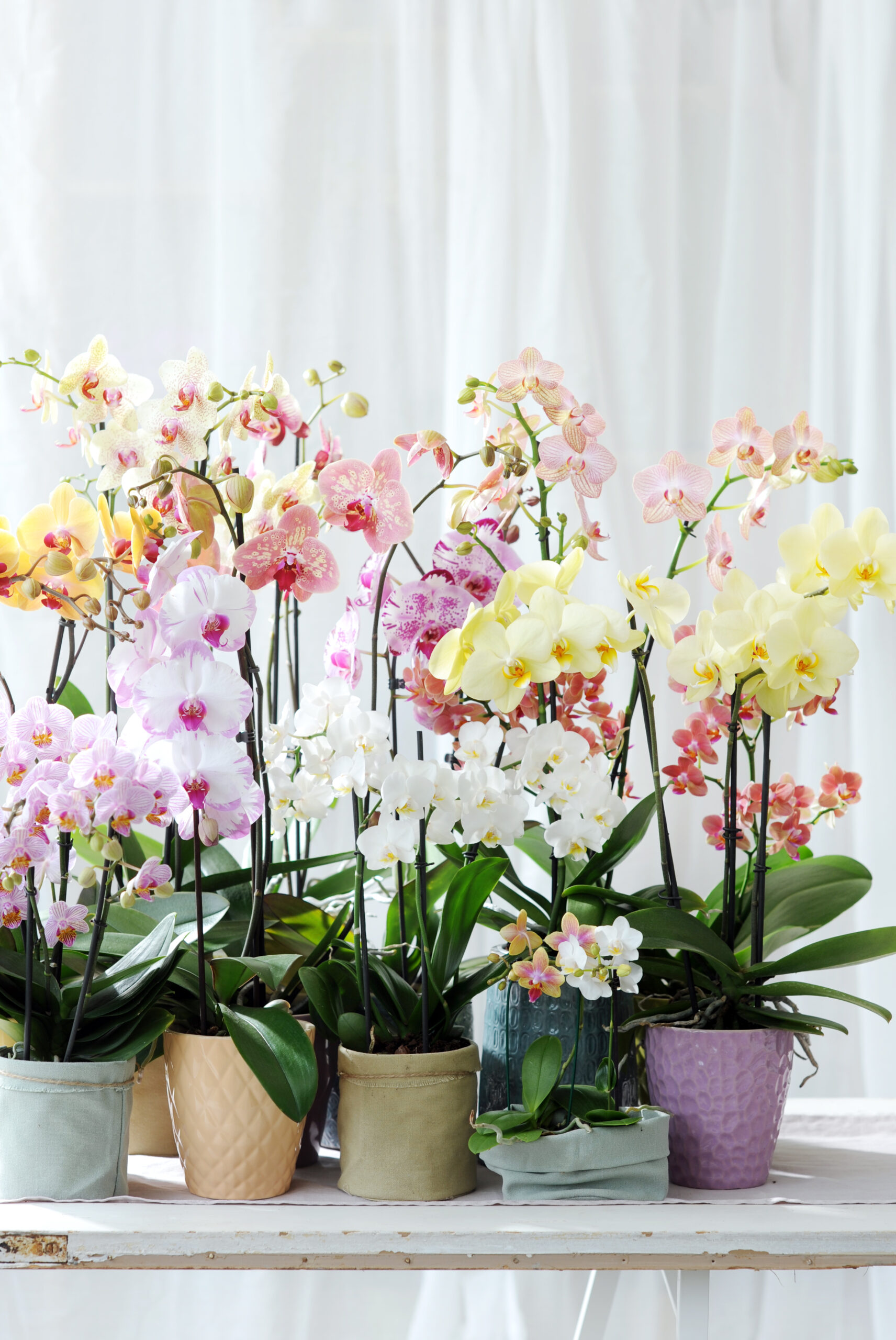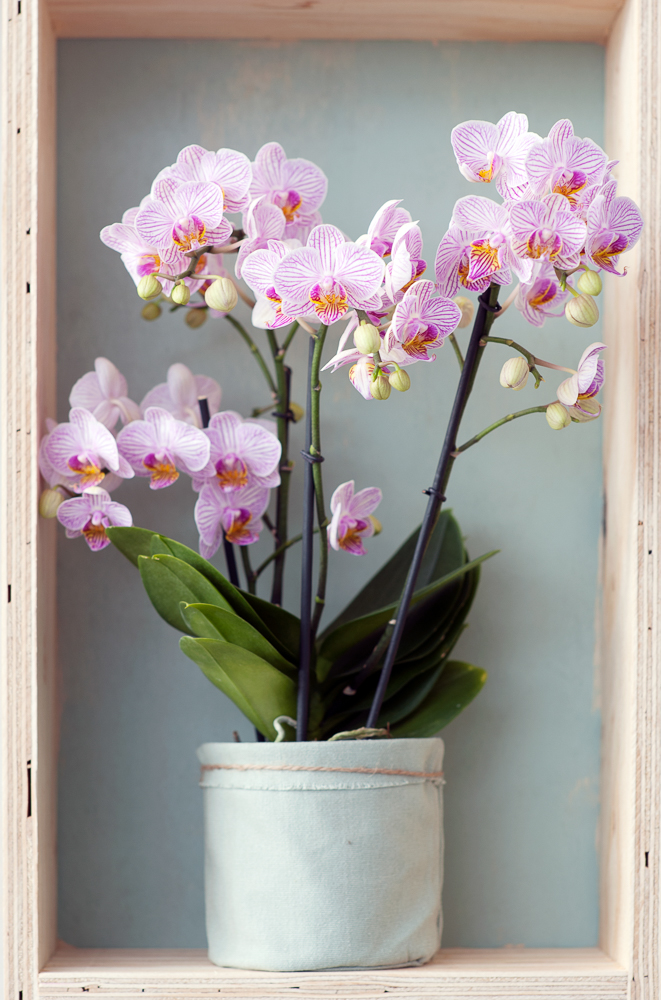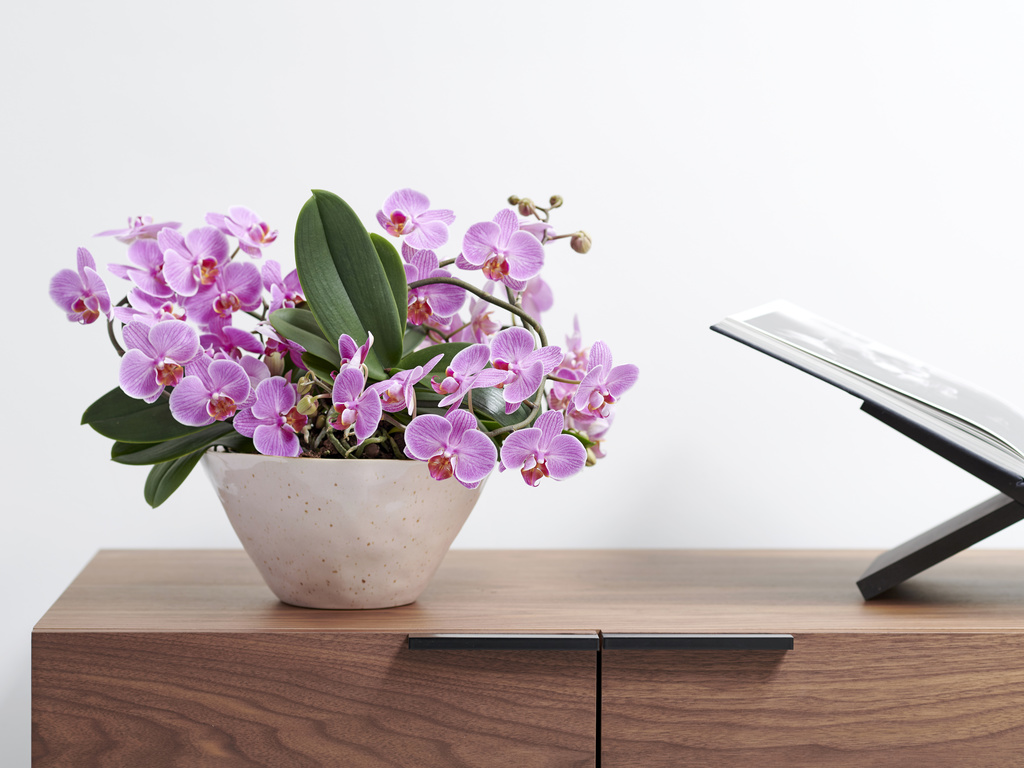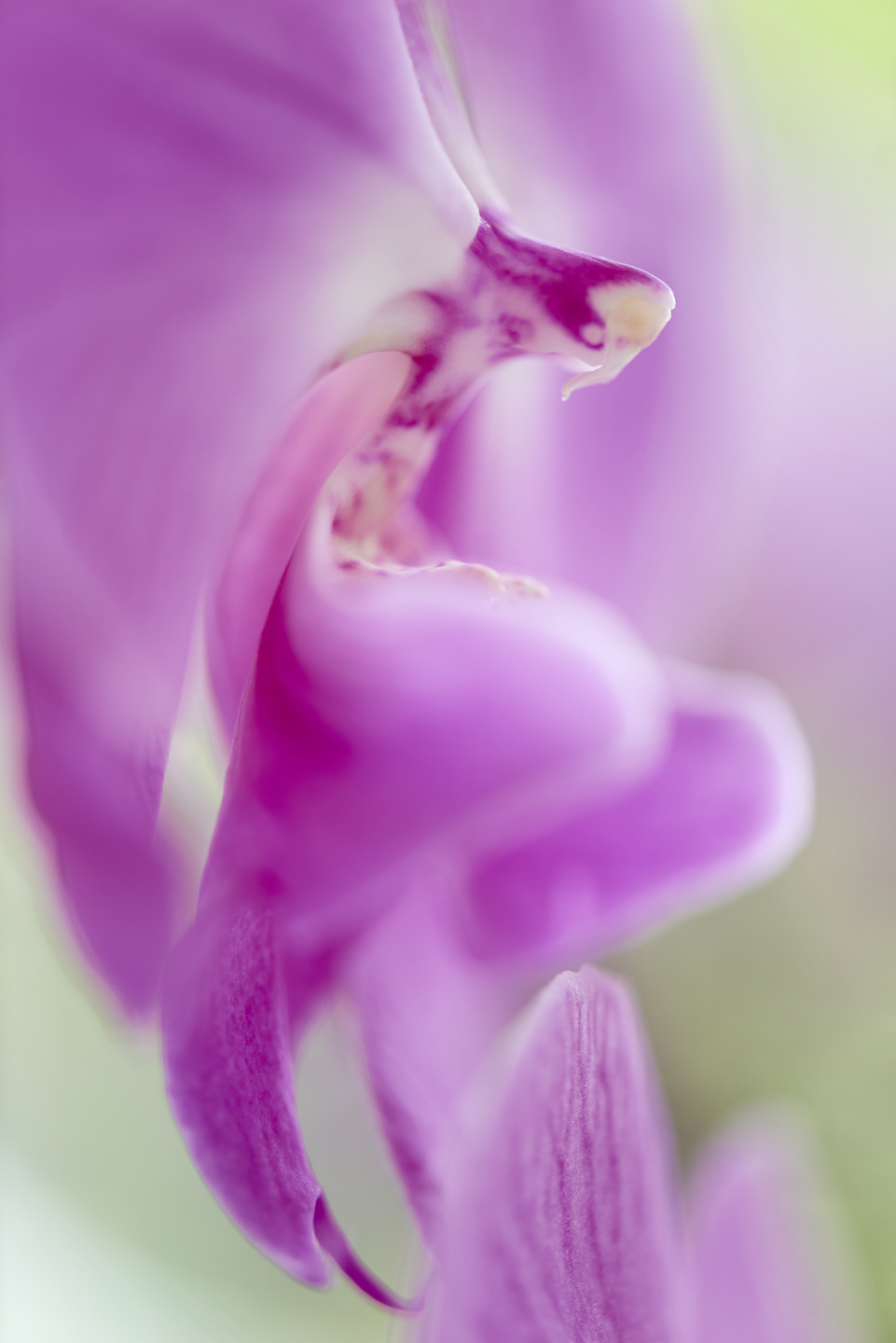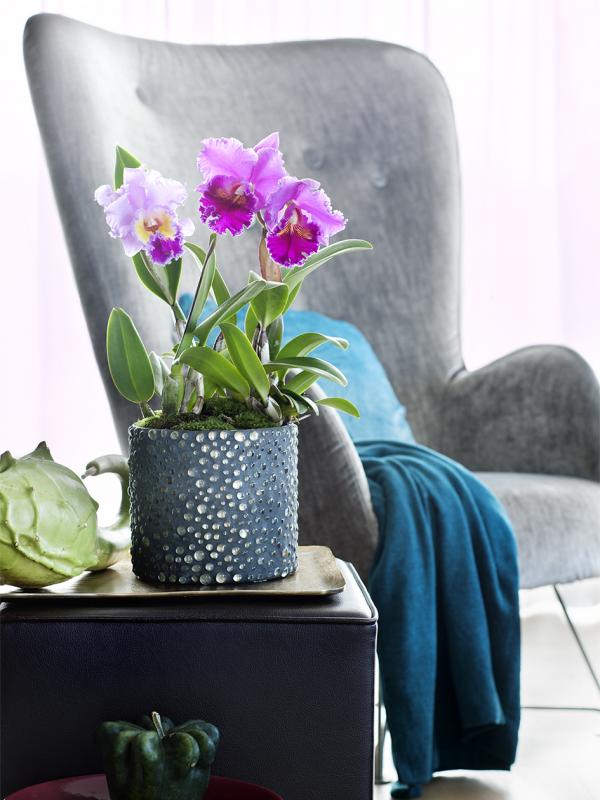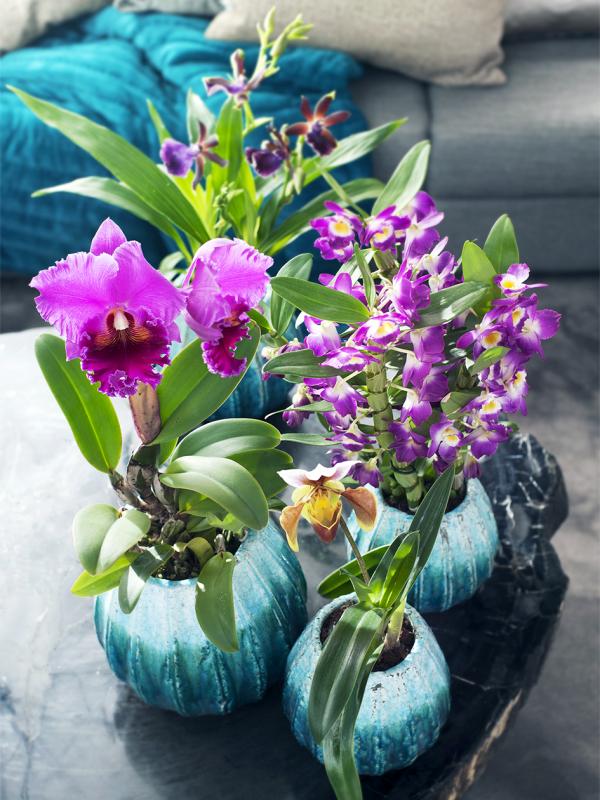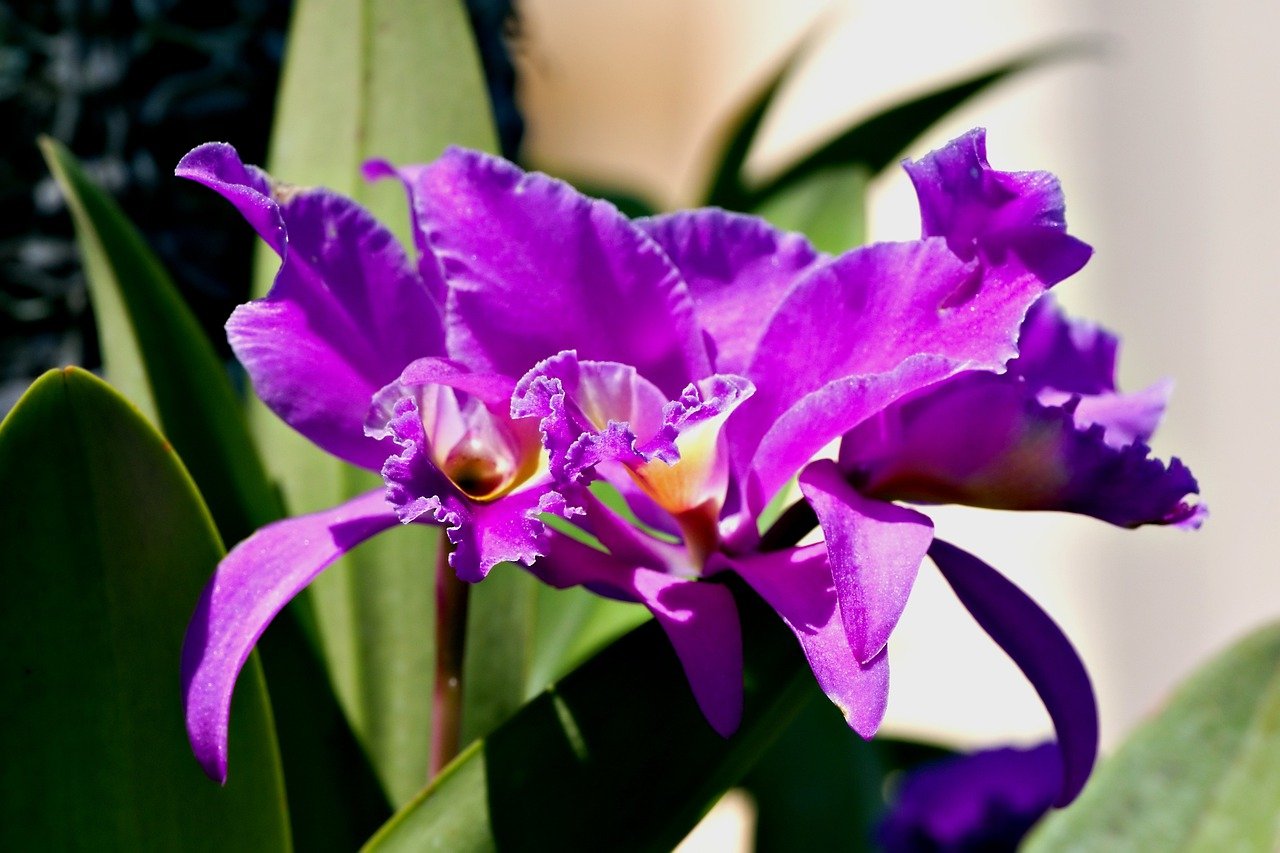Everyday Happy Monday with Dutch bloggers Leoni and Tineke
Recently, Happy Monday Blog’s enthusiastic sisters Leoni and Tineke got to work on orchid styling. They are both photographers, have a great sense of styling and love for flowers and plants. Leoni and Tineke call each other every Monday to catch up. Hence, their blog is called Happy Monday. Those who follow their blog or Instagram channel have been able to admire the results. Doesn’t that make you happy every day? Read on for inspiration!
Read also: Create a cozy & comfortable home office with orchids
- Photo: Happy Monday Blog
- Photo: Happy Monday Blog
Light and open spaces
Although the sisters’ houses are more than 50 km apart, you wouldn’t say so when you see the interiors. One seems like an extension of the other as Leoni and Tineke both like a calm style with lots of light and space. White walls form the base along with a grey or wooden floor.
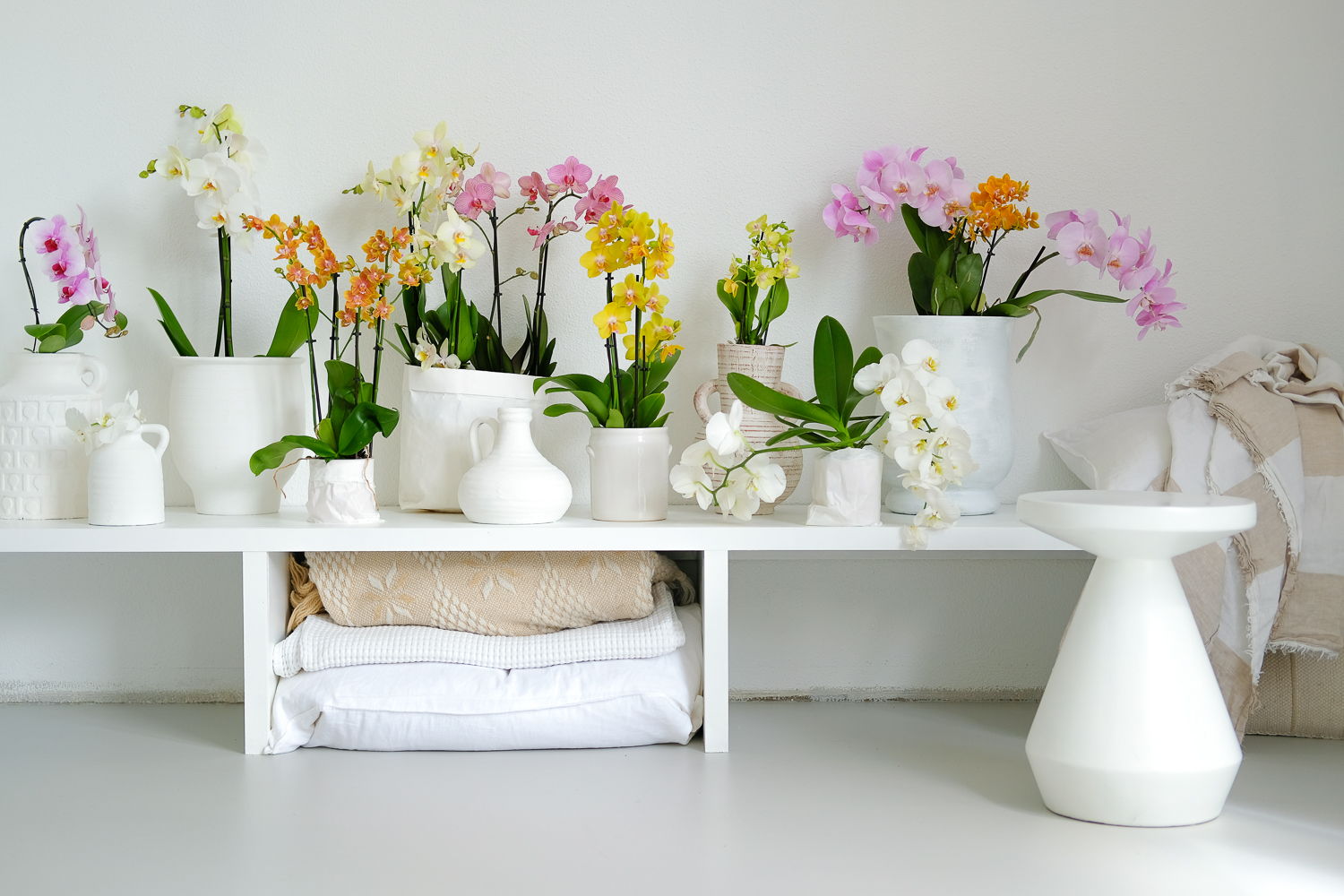
The interiors make extensive use of natural materials such as rattan, wicker, linen and wool. This creates a warm, inviting atmosphere. If you check out the interior photos on their blog or Instagram channel, also pay attention to the doors. Leonie and Tineke have a love for old ones.
- Photo: Happy Monday Blog
- Photo: Happy Monday Blog
Colorful mix
In calm, light interiors, orchids come into their own. The colours of the different flowers seem even more intense. To create eye-catchers, the orchids are not scattered around the house, but grouped in pots. Although Leonie and Tineke opted for a colourful mix of yellow, pink and white orchids, the overall look remains calm. This is due, for example, to their choice of pots. They are mostly white. No, the different shapes and structures do not make them boring. Apart from white pots, the exotic flowering plants have also found a place in sea grass baskets and wooden crates.
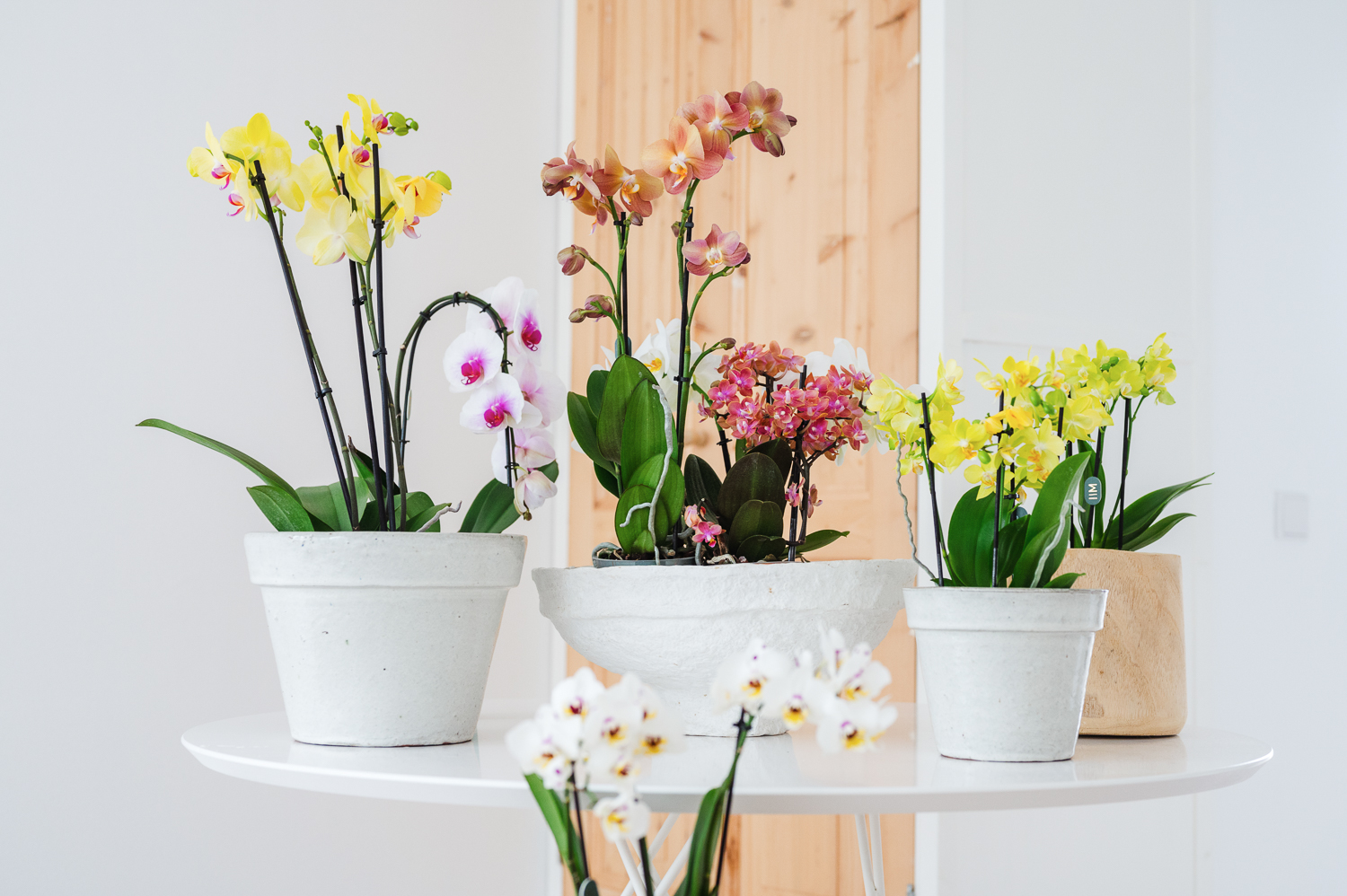
Photo: Happy Monday Blog
- Photo: Happy Monday Blog
- Photo: Happy Monday Blog
Curious about Tineke & Leonie’s blog? Then visit happymondayblog.nl and follow them on Instagram via Happymonday.blog.

